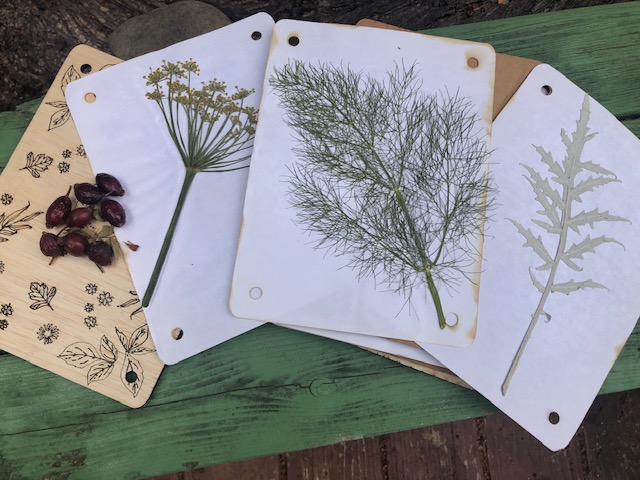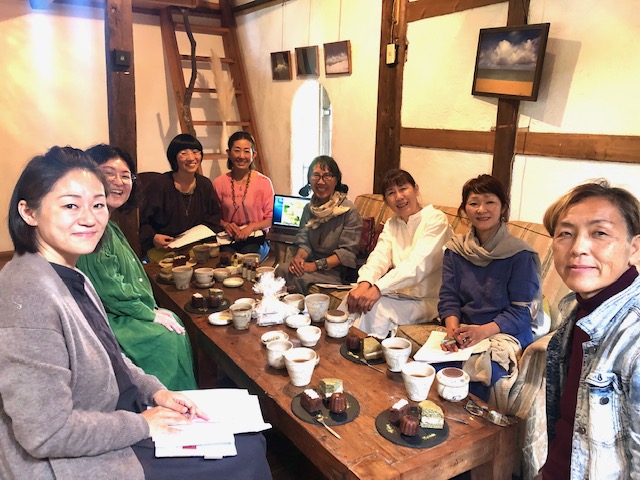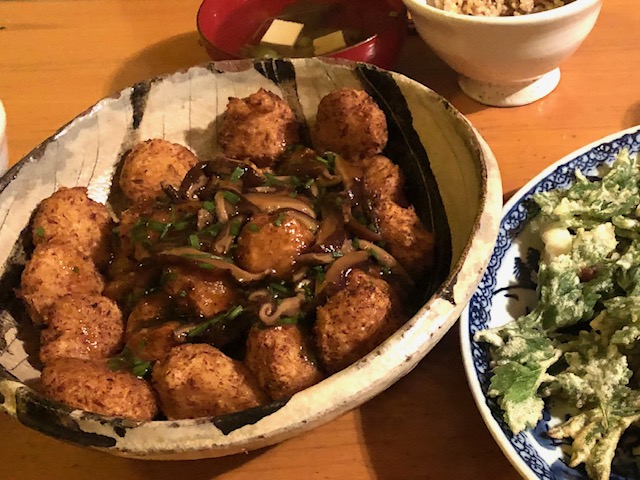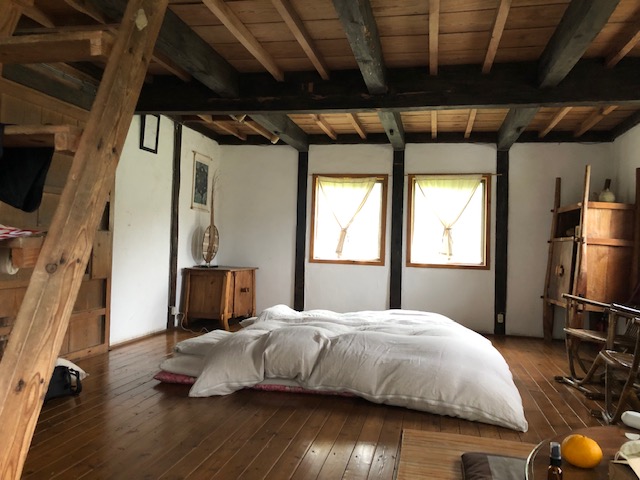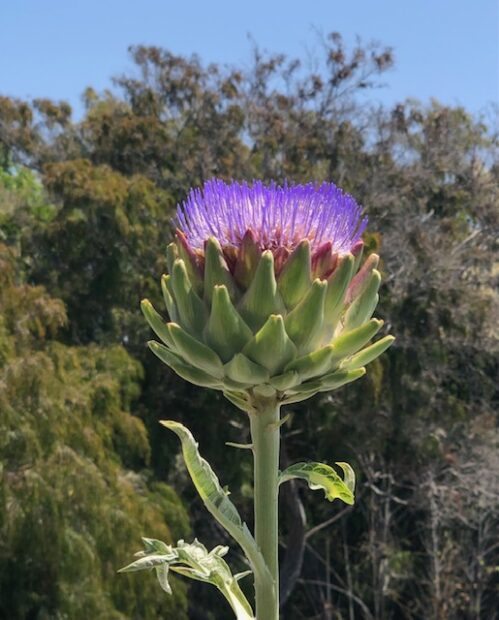
Every day, we have 24 hours.
24 hours is not enough time for my interests, the daily routine of what I must do, what I need to do, and what I should do.
Especially from spring to summer, seasonal hand-work becomes active, and how to use time becomes an issue and Balance.
How do you all use your day?
How do you balance?
I was writing a diary blog about my spring trip to Japan in May, but I stopped on the 5th day.
Because I use my time for counseling and healing sessions for those who have been coming to seek my help at work has increased, and to balance my physical condition, I needed time to rest.
In addition, the chemotherapy treatment I received for stage IV Non-Hodgkin’s lymphoma in 2017 (you can read about it Only Weeks Live!) caused my bone density to decrease, so I started going to the Santa Monica yoga studio (where I became Yoga Teacher – my blog “Yoga for My Life“) again on the doctor’s recommendation to strengthen my muscles and bones.
(During the pandemic, I was doing yoga online, but it’s refreshing to go to the studio and do yoga with the teacher and everyone.)
As I was finishing my spring sweater (California Poppy/orange flowers and Blue Sky images), the weather got warmer.
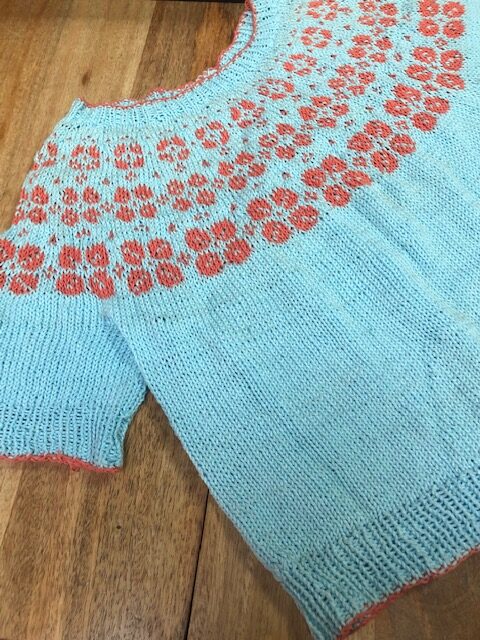
I have been doing more garden maintenance – artichoke flower on my rooftop garden (first photo) and Native Wild Plating sign at my house sidewalk garden,
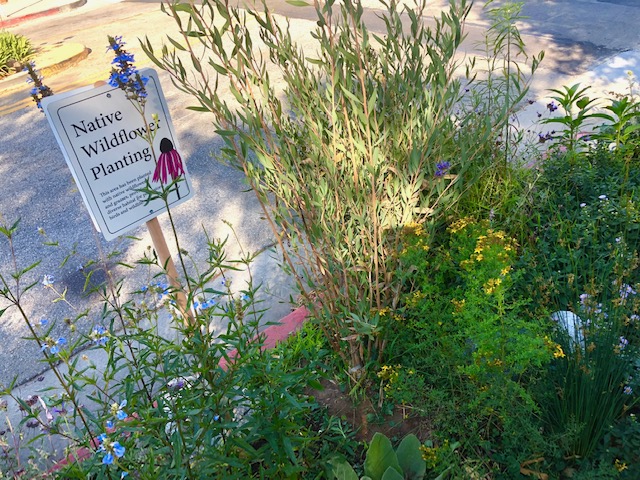
made Japanese umeboshi pickles and ume plum jam for this year,
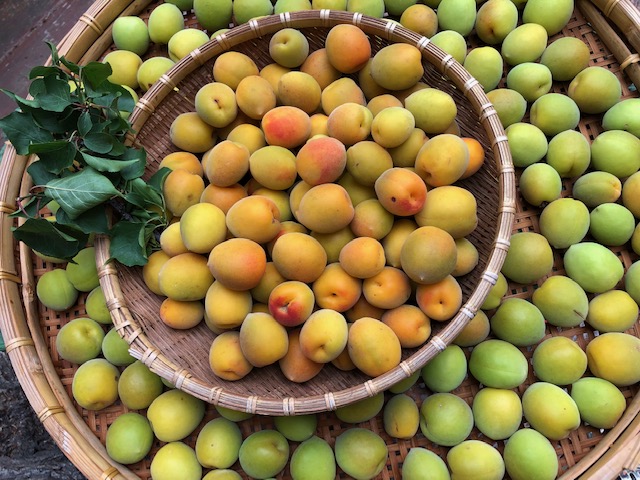
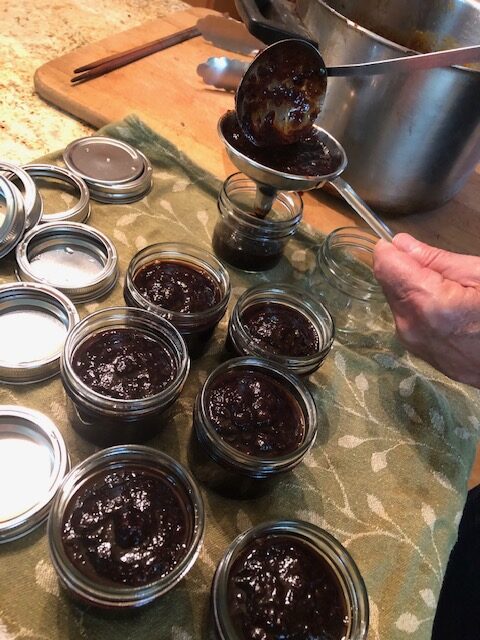
harvested wild elderberry flowers in North Fork (Eric took care of all the trees felt in winter and weed whacking there) to infuse them for Autumn to Winter skin toner and oil,
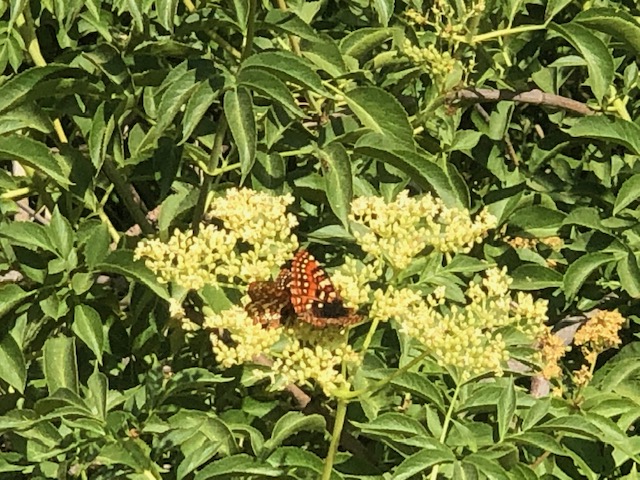
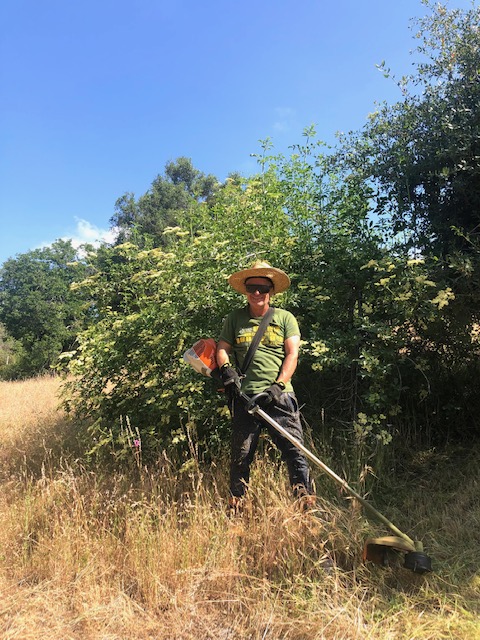
finished the assignments for my watercolor painting class,
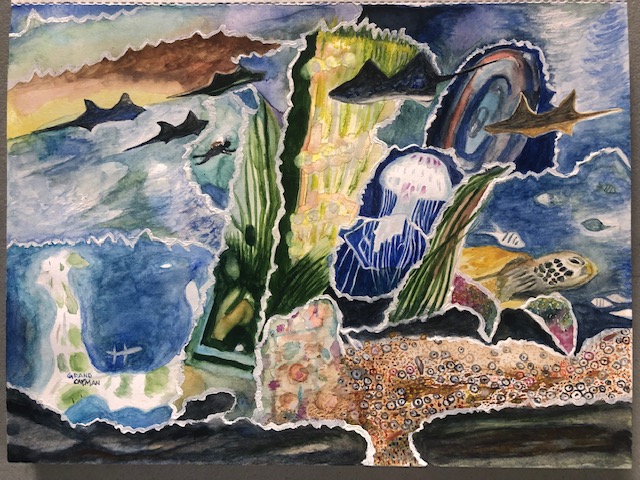
celebrated our 19th wedding anniversary and went to Getty Museum and new plant based restaurant “Planta” in Marina del Ray,
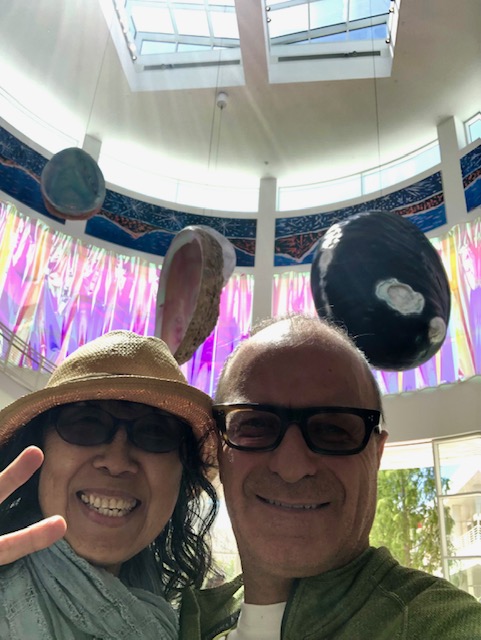
started a summer sweater knitting club at Wild Fiber studio in Santa Monica,
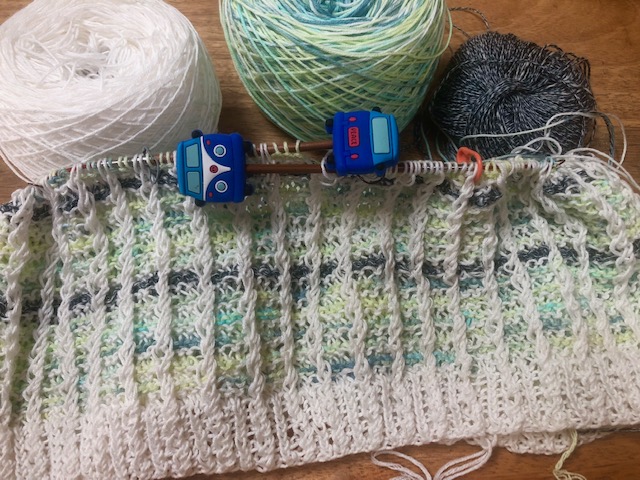
went to cheer on Eric at a SUP race with Kai,

made mosaic table with the wood table and tiles that we found in an alley while we were walking dogs.
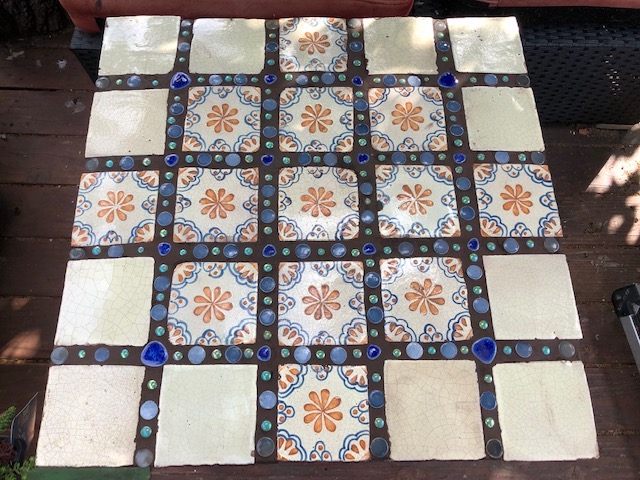
In addition, my daily routine of making remedy drinks and having homemade macrobiotic meals, going walks, meditation, body scrub, listening to old records music, massaging my feet, and applying moxibustion treatment; plus, my friend’s dog stays for three weeks, take care of the garden and mailbox for two weeks while the neighbors are away, giving a healing session for our eldest dog, Lumi, and cat, Tintin, and making birthday cards for my sister and brother and sending their gifts to Japan, so on, and July came already. There was no time to do Instagram/Facebook and blog.
Writing is one of my favorite things, so I think about it every day.
Writing takes a lot of time, so I feel like writing when I find decent time. Today while I thought of writing, I found time, so here I am.
Thinking about Balance.
I read my Nine Star Ki Astrology chart again since the last time I read it was at the beginning of this year.
I am “Nine Fire” in Ninet Star Ki Astrology.
It means I am in a year of relatively quiet time planning “Winter – water, floating, silence” this year.
Lately, in the morning, unless I have to, I wake up slowly and don’t act too rapidly, so I feel like I’m floating.
In winter, everything seems dead (sleeping) on the surface, but much life and activity is underneath.
Similarly, it may feel like it takes time, but it’s important to focus on this time to reflect, review, and plan for the future.
It’s quite different from the traditional fiery Nie Fire character, so I feel a bit uncomfortable.
Still, it’s a time for the opportunity to explore the beauty of the infinite universe and the depth of my inner being.
From my experience, intuition increases as the material aspect loses meaning and becomes secondary.
Although my finances may decline, my spiritual growth will surely gain momentum, so it is an excellent exercise to remember to find a balance.
Remember that all things need contrast in order to find Balance, and quiet moments like this are necessary for me to regroup and dive within to find my next move.
I have many activities physically and mentally most of time, so my balance method choices are “Take a good Rest” and “Vipassana meditation.”
Through deep engagement with existing spiritual practices and meditation, one can experience tremendous personal growth, a deeper understanding of one’s relationship to the universe, sudden flashes of insight, and heightened intuition.
I believe that if I put in the effort, I will discover the infinite wells of knowledge the universe offers.
So this summer, I teach only the Healthy Happy Holistic Care for Dogs and Cats class at the online Macrobiotic Conference and no other classes.

I will take time to finish writing my blog from the 6th day of my spring Japan trip diary, so I tell myself, “Let’s enjoy the moment to float without rushing.”
Love,
Sanae❤️

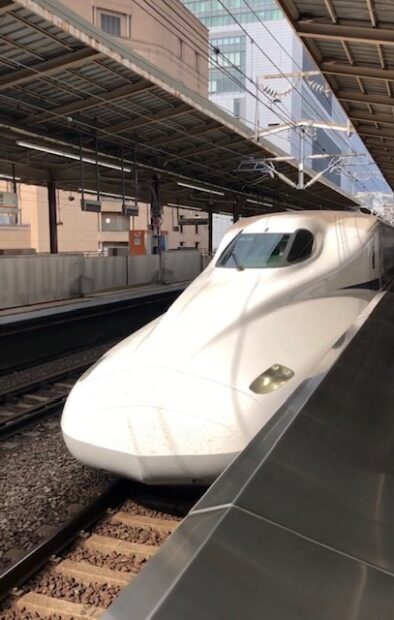
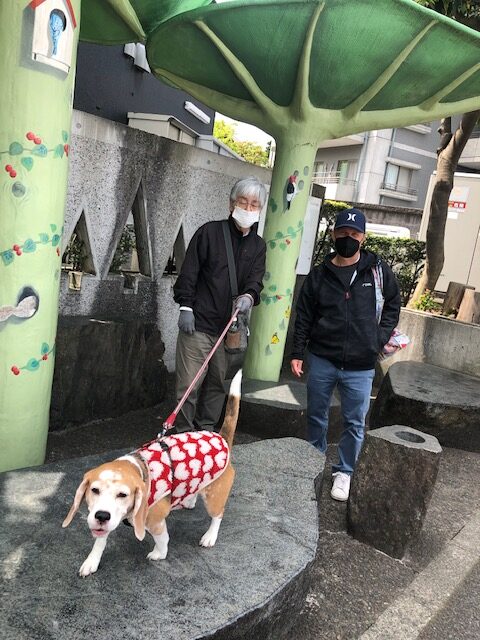
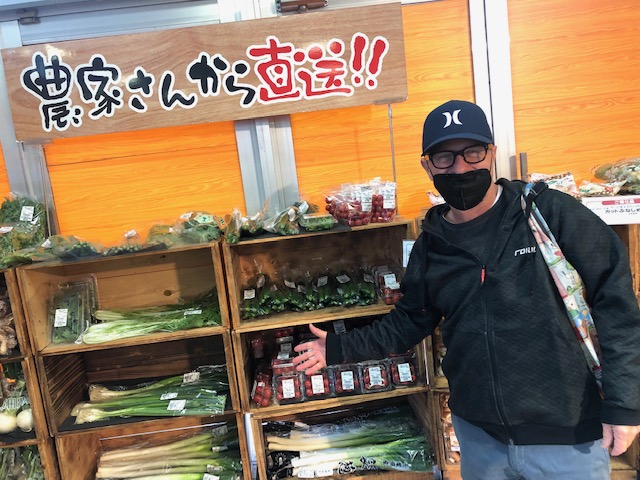
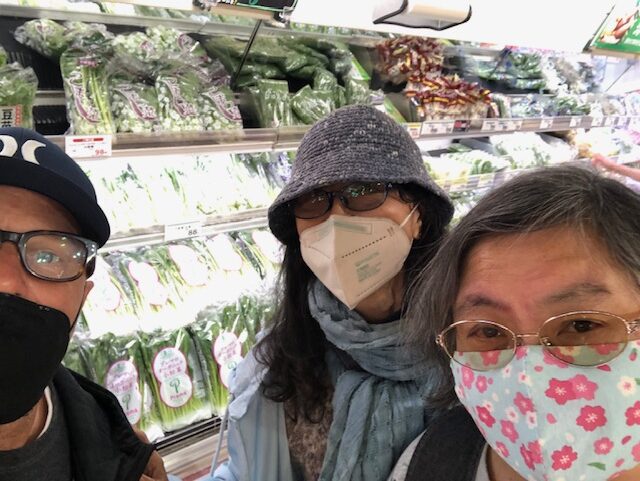
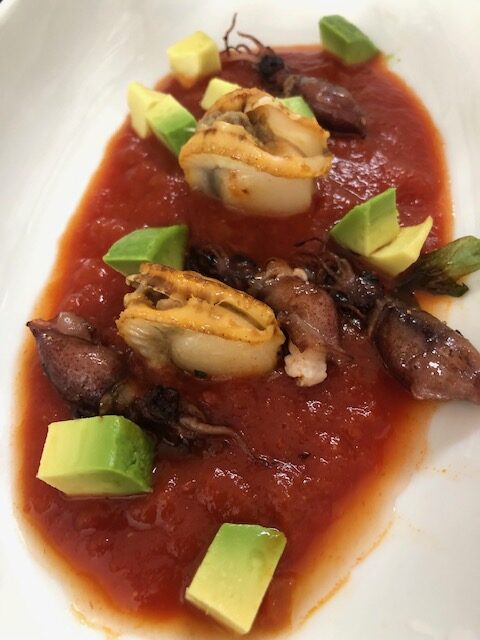
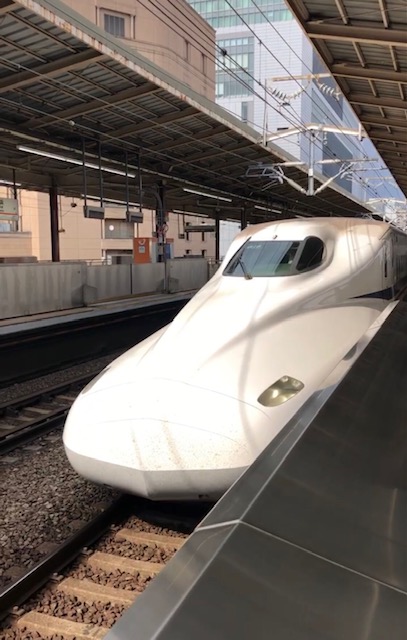
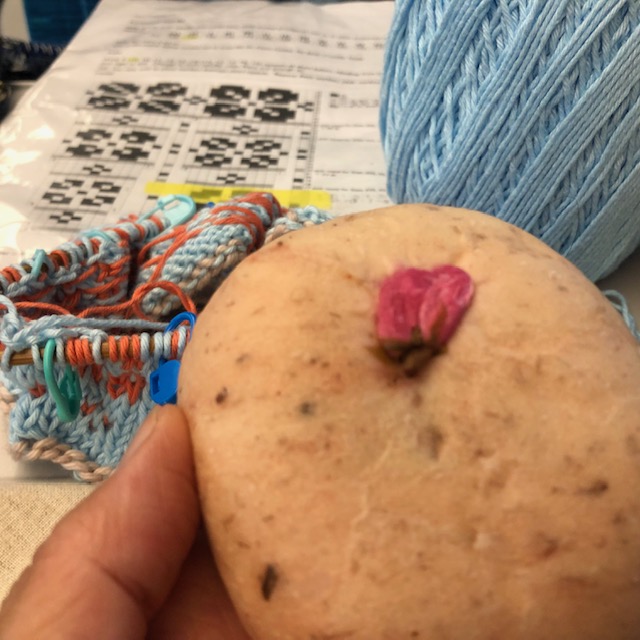
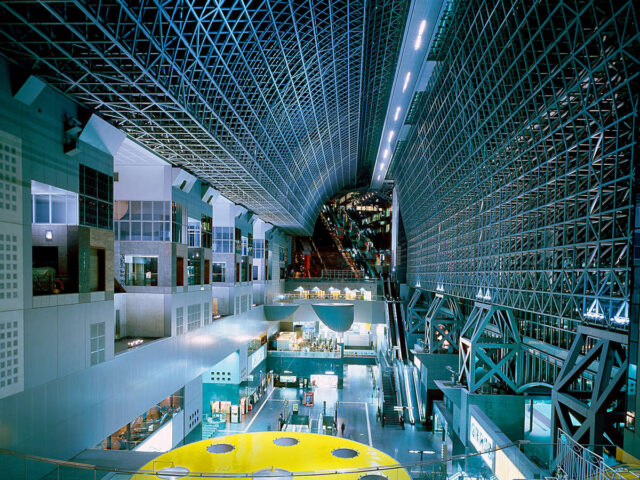
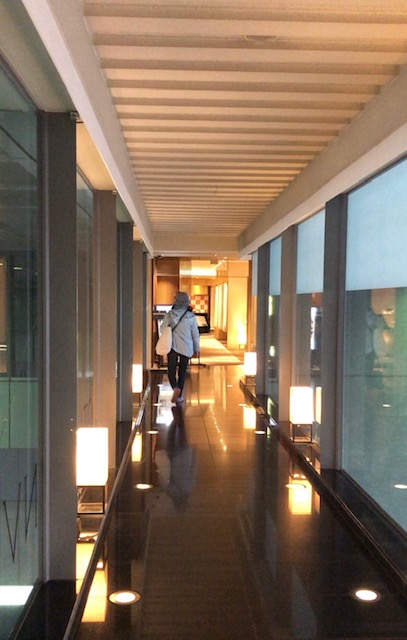
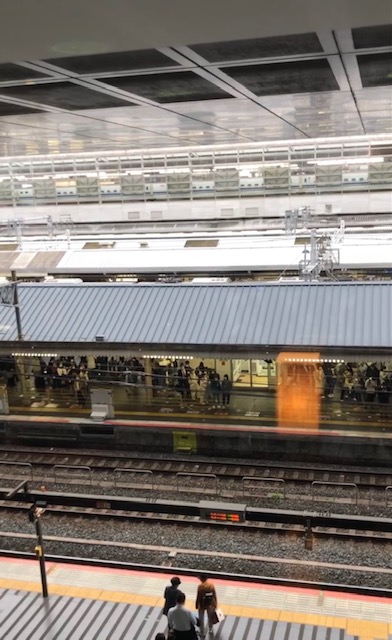
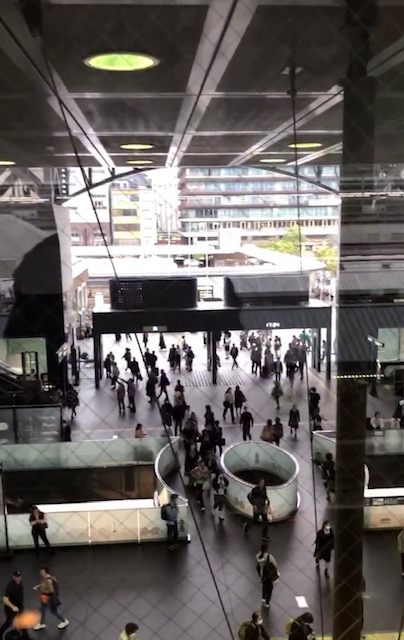
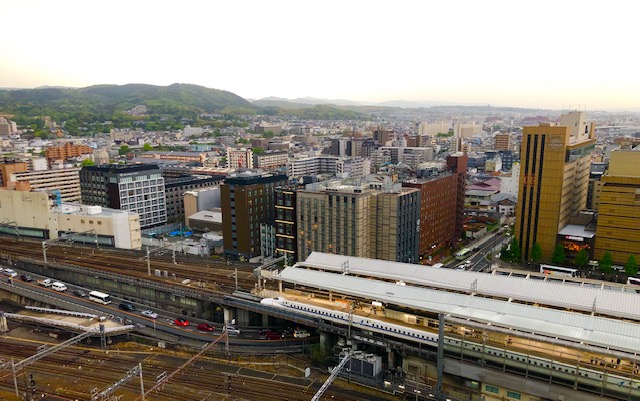
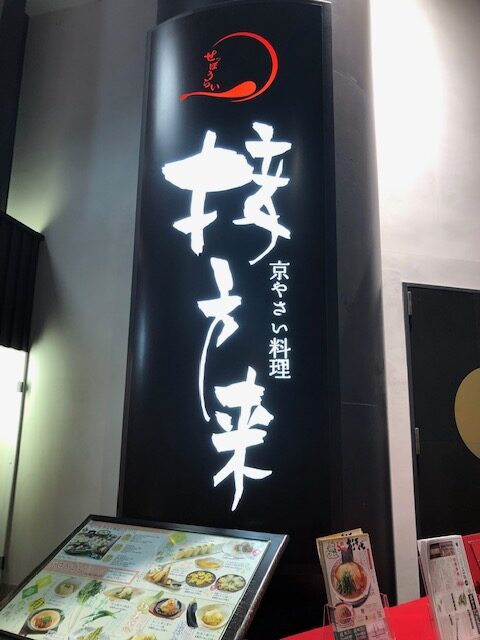
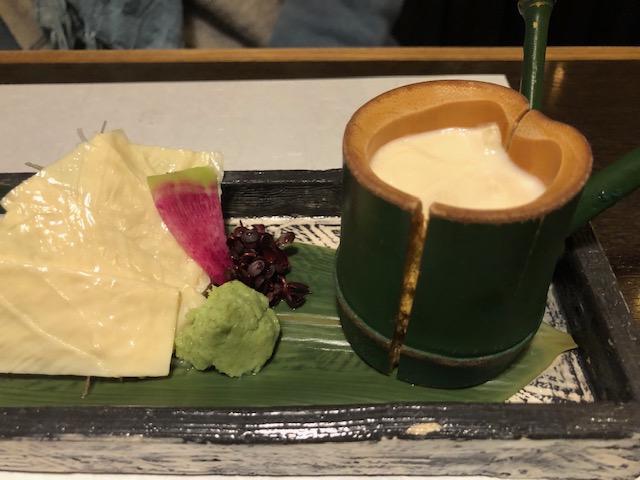
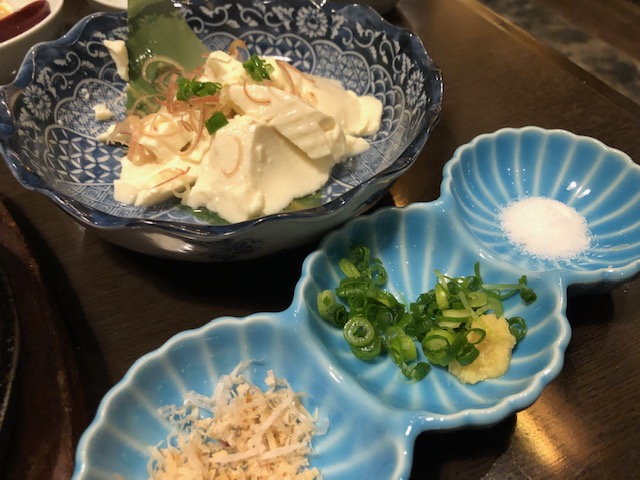
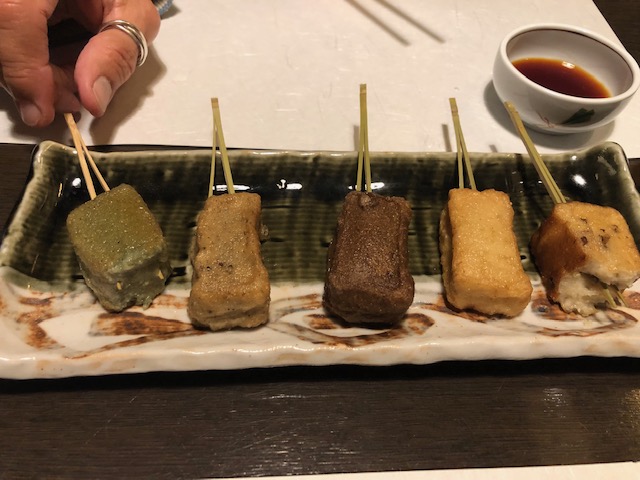
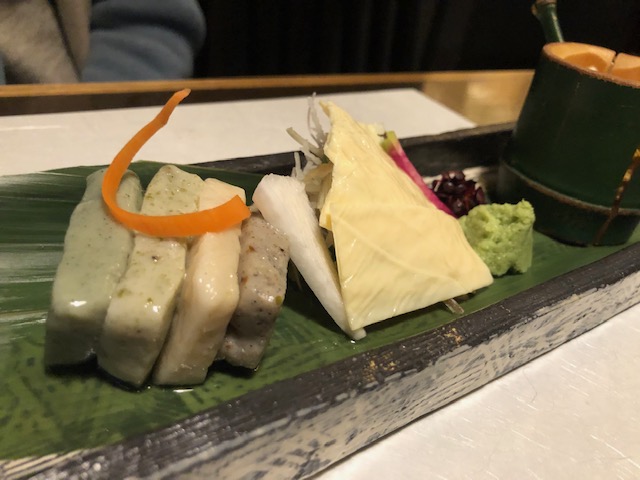
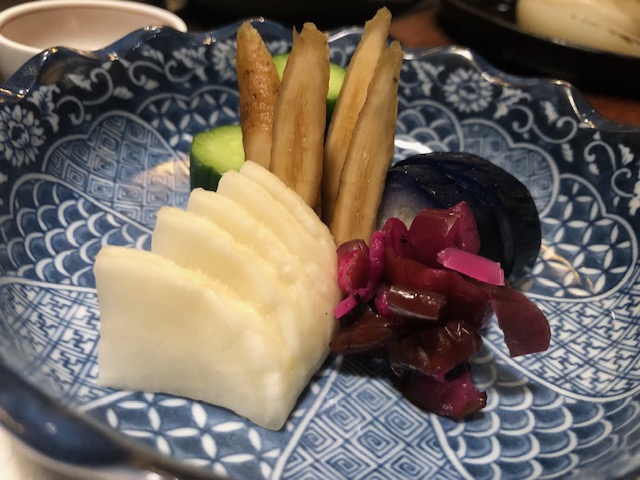
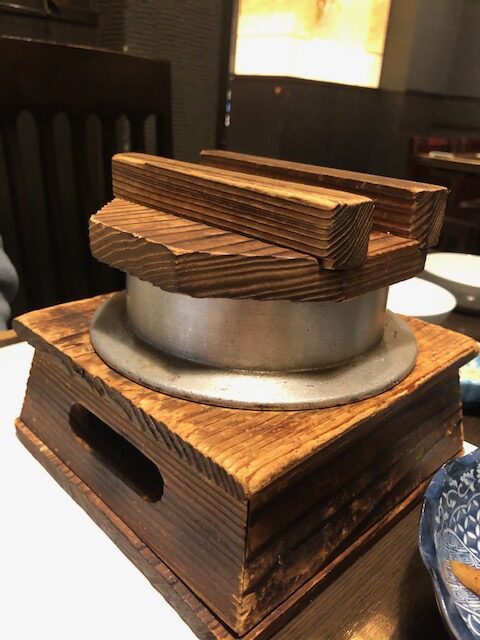
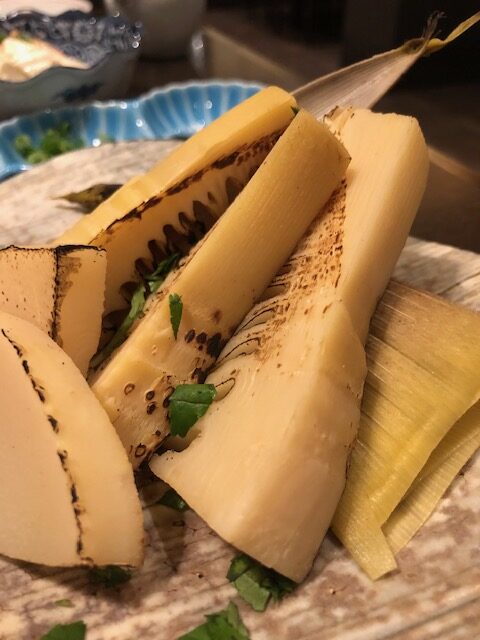
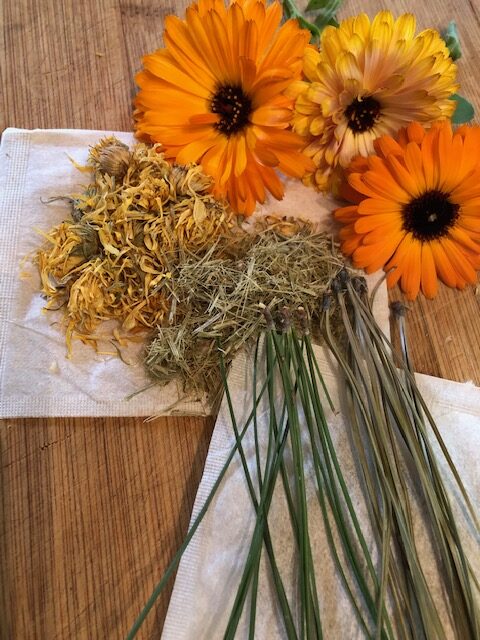

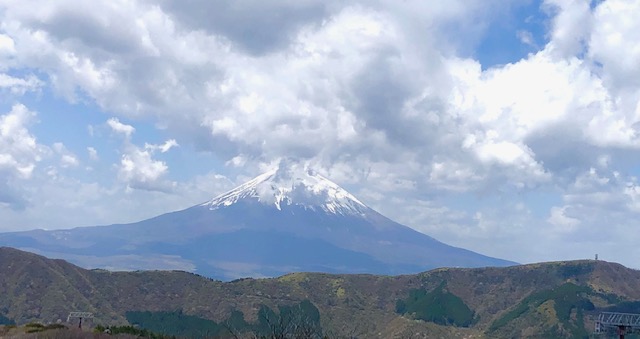
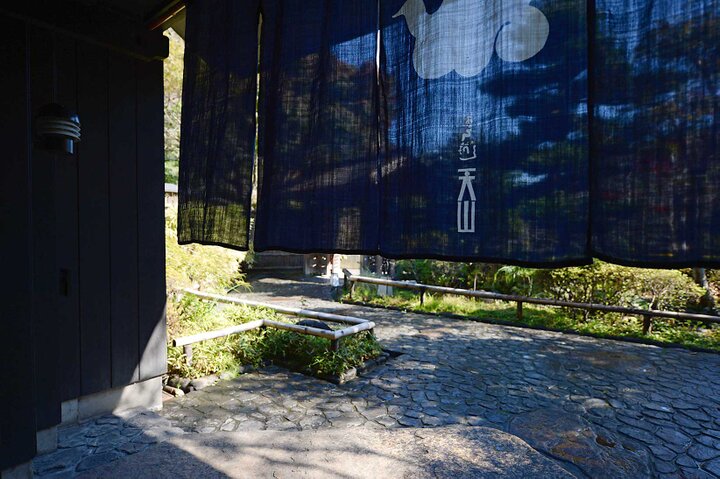
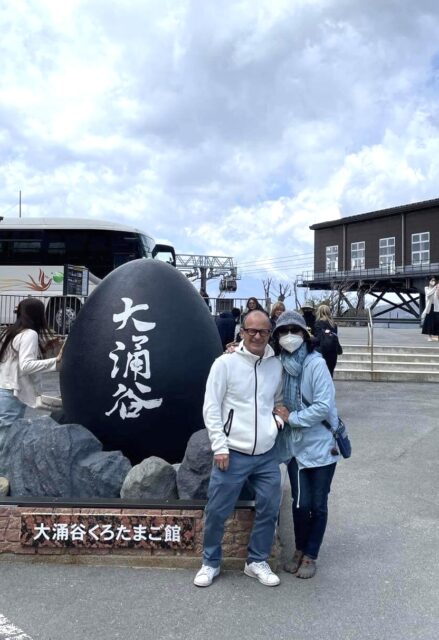
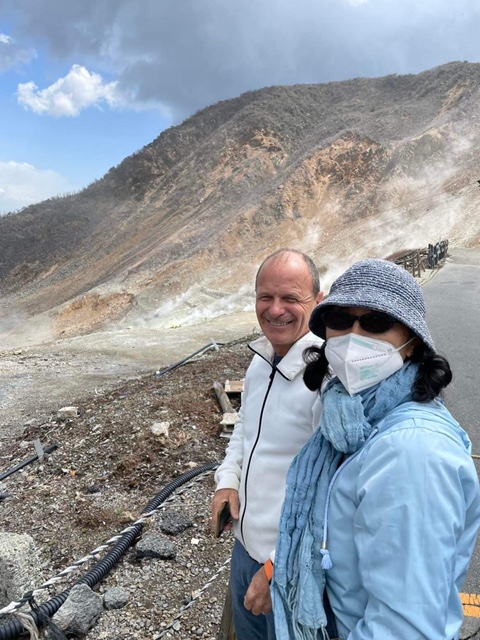
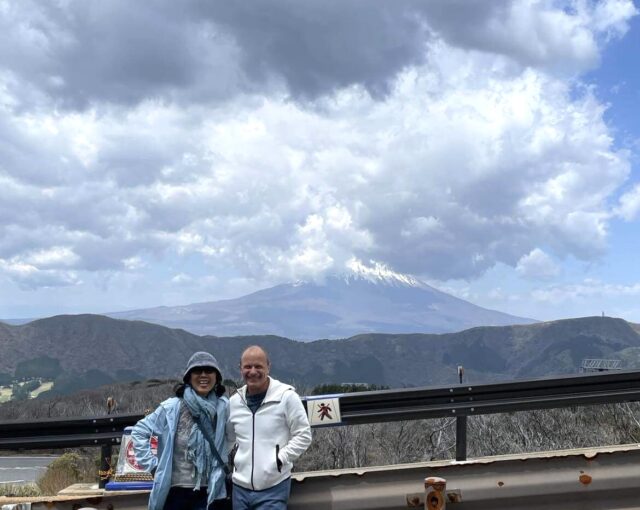
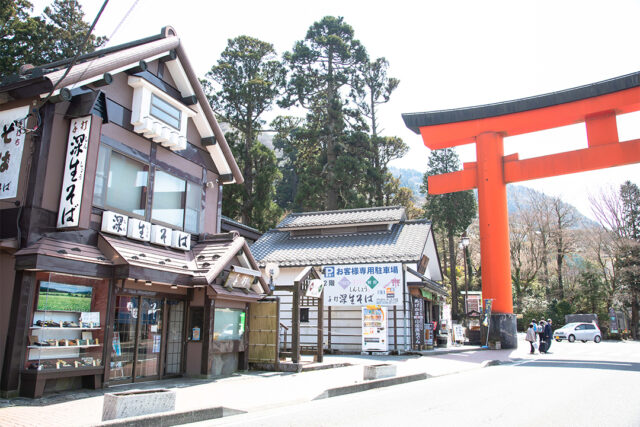
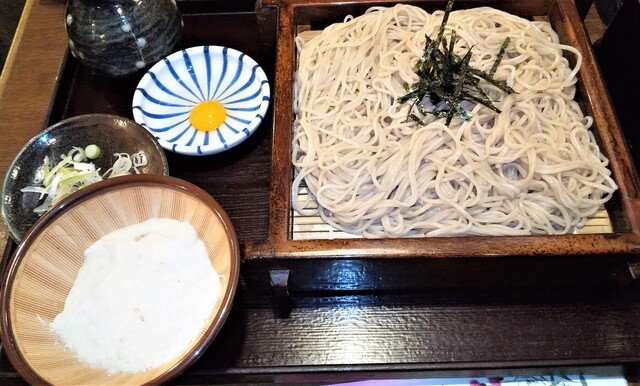
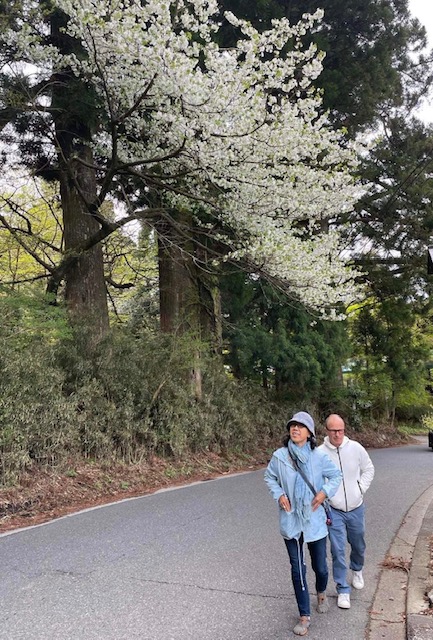
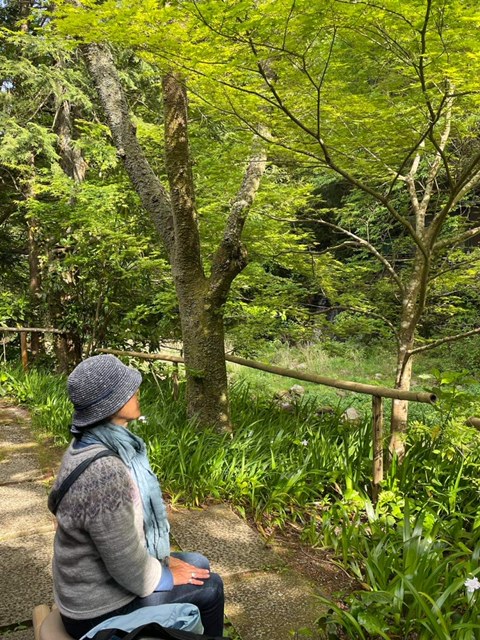
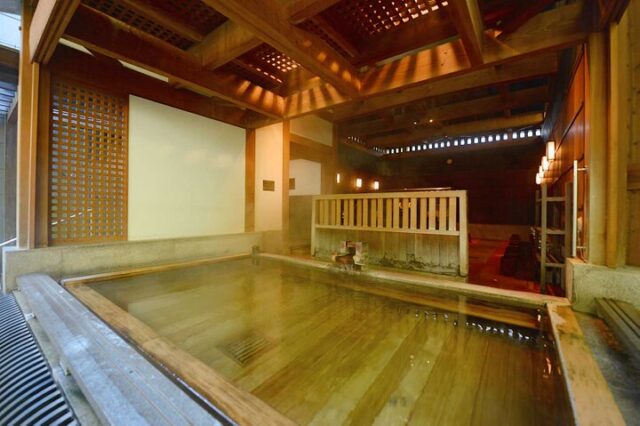

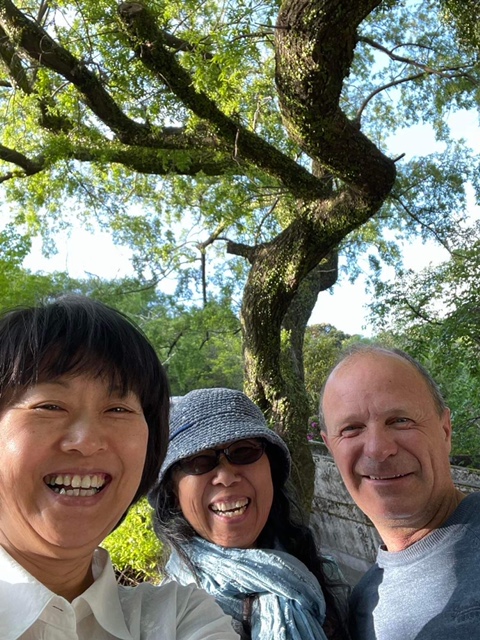

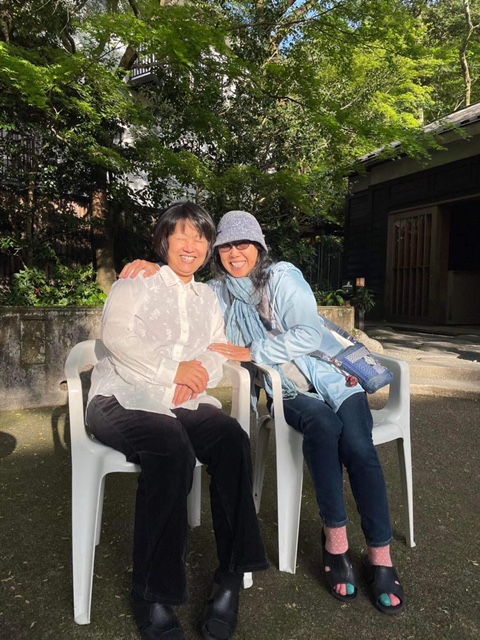

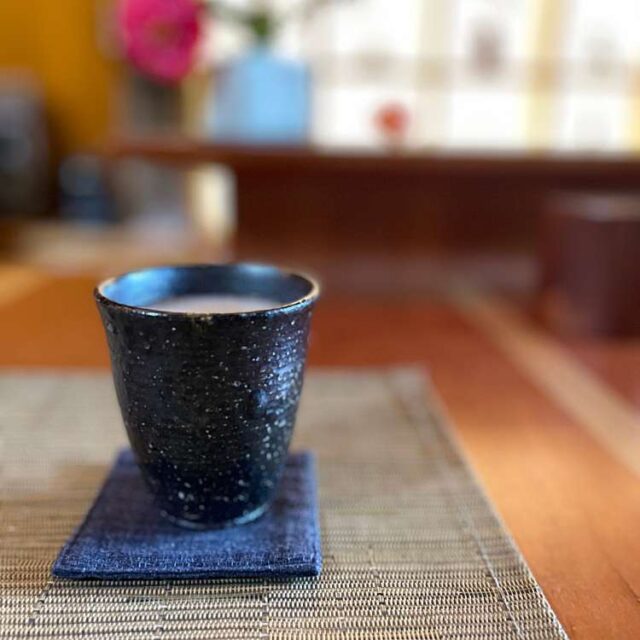
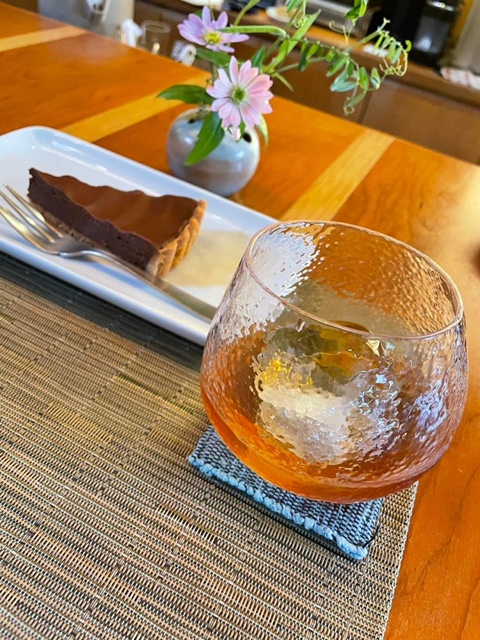
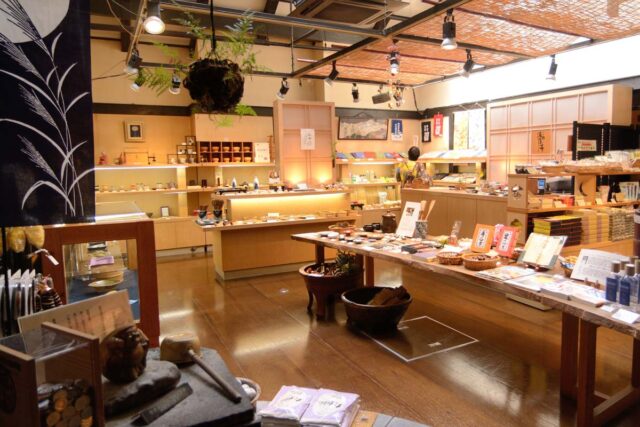
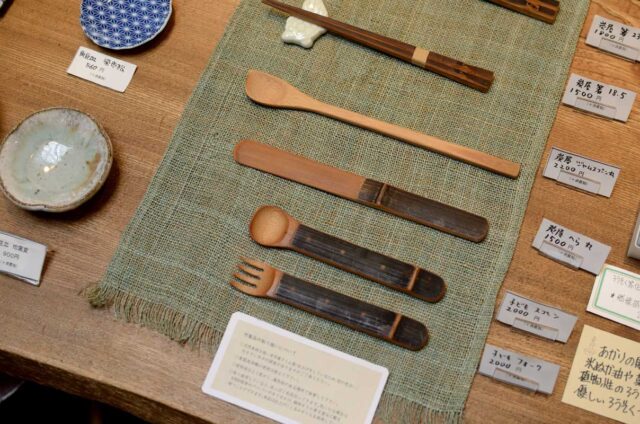
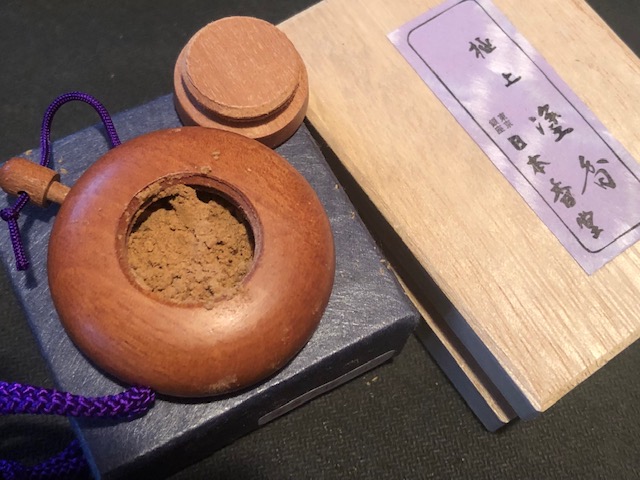
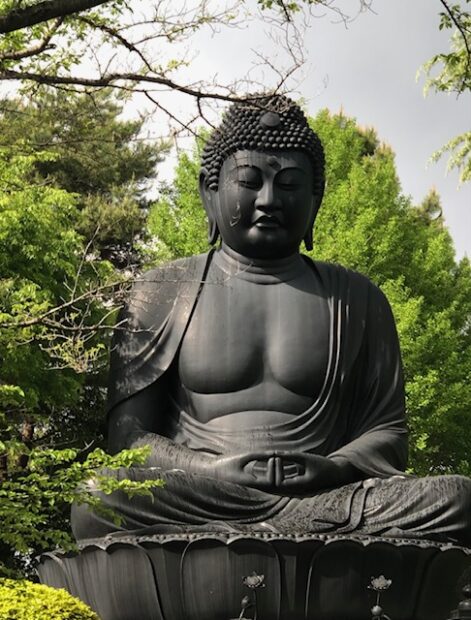
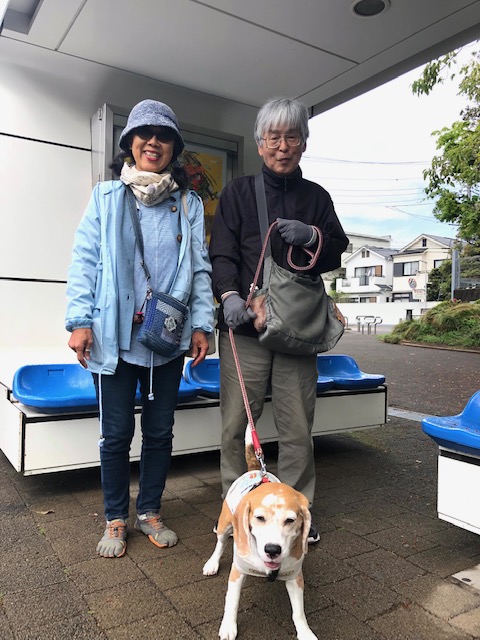
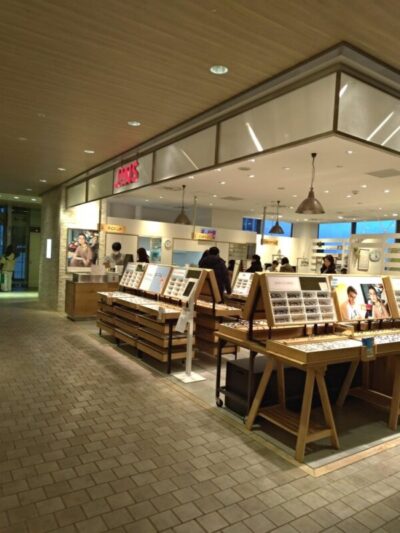
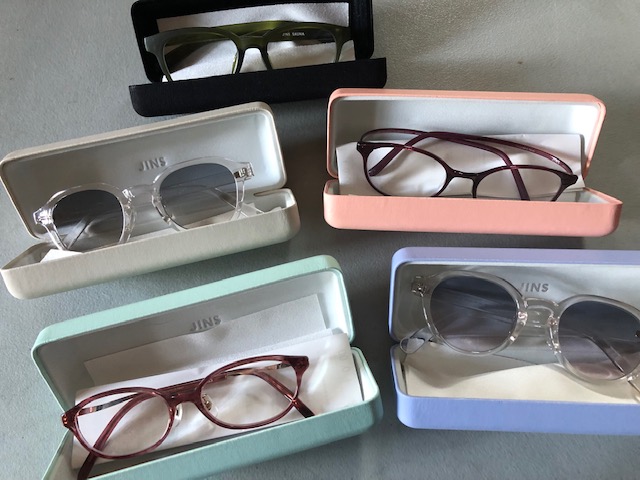
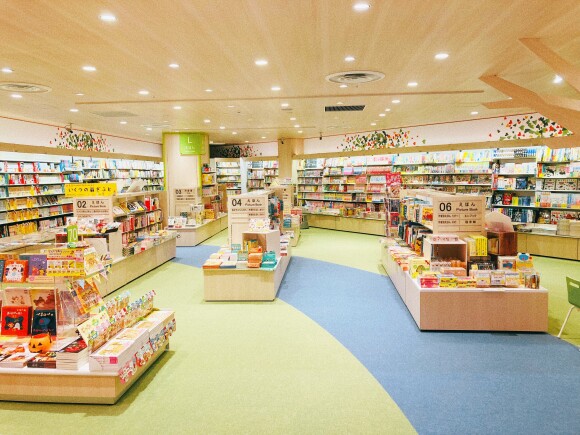
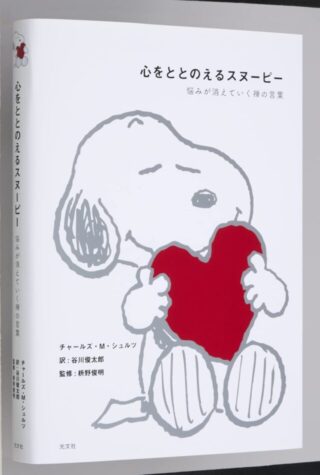 Peanut comics, which are drawn in black and white and have blank spaces, have something in common with Zen, and the lines of the characters that appear often overlap with Zen language.
Peanut comics, which are drawn in black and white and have blank spaces, have something in common with Zen, and the lines of the characters that appear often overlap with Zen language.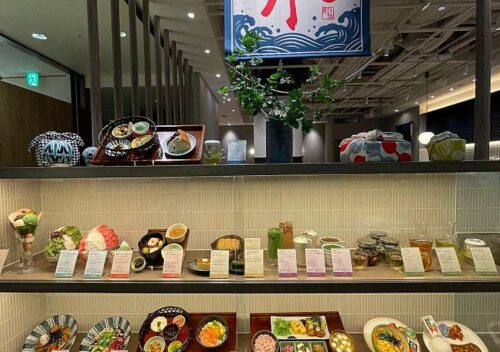

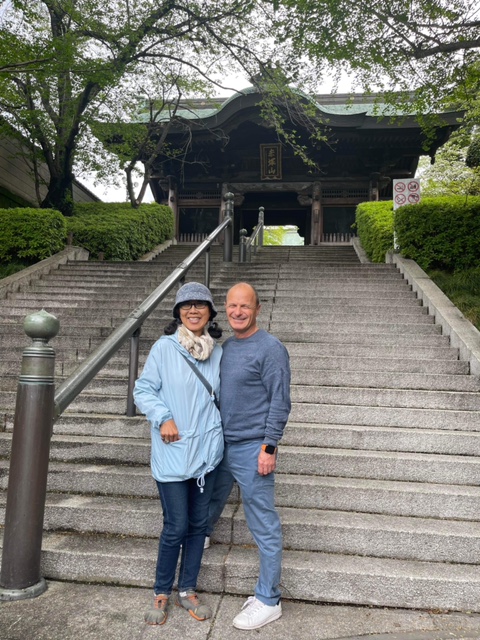
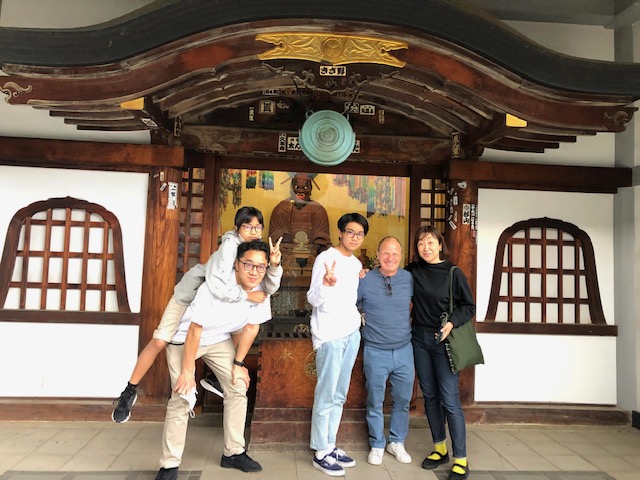
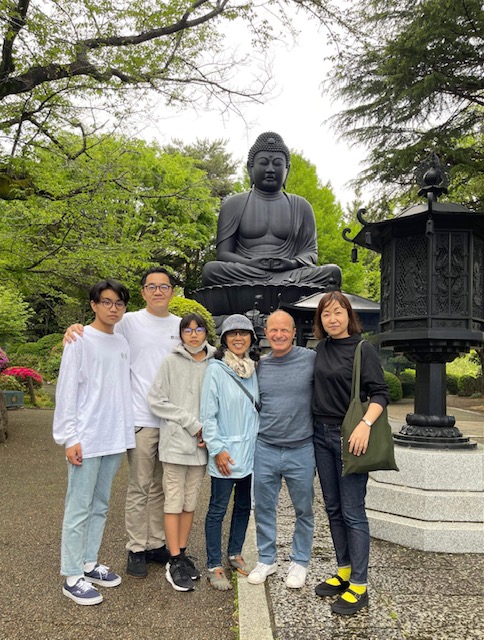
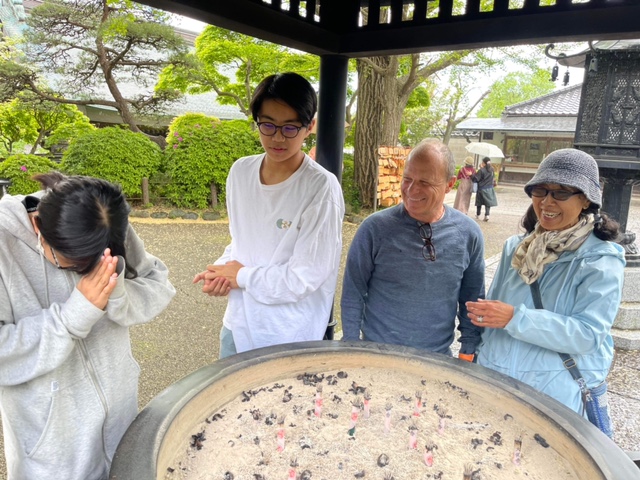
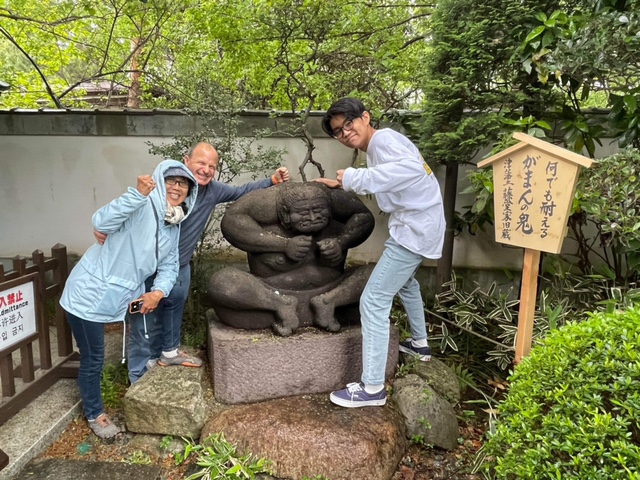
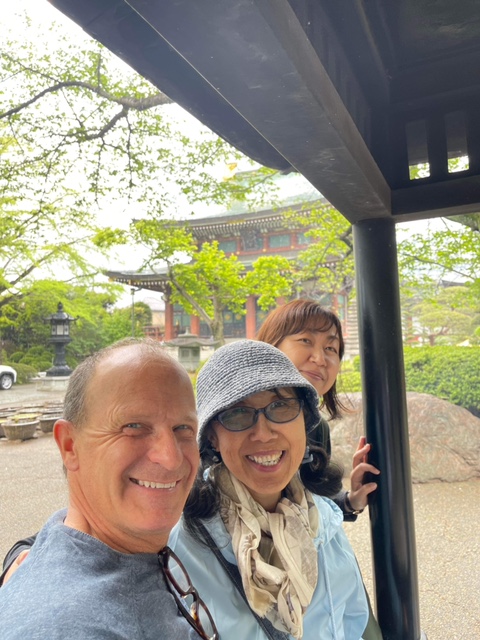
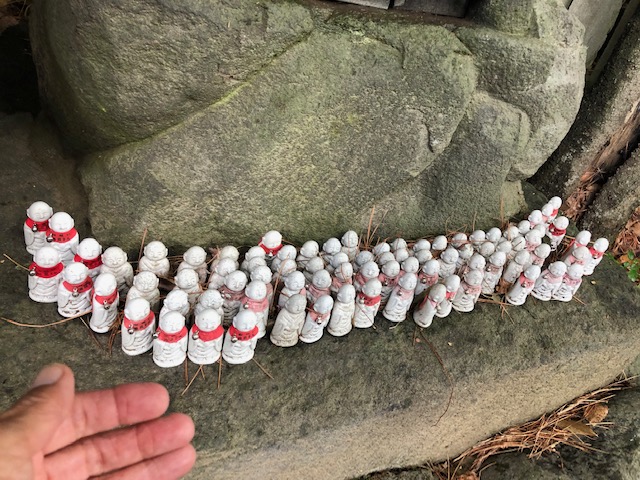
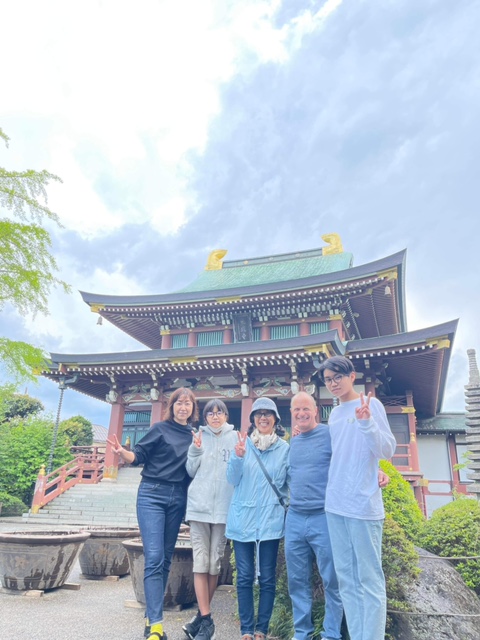
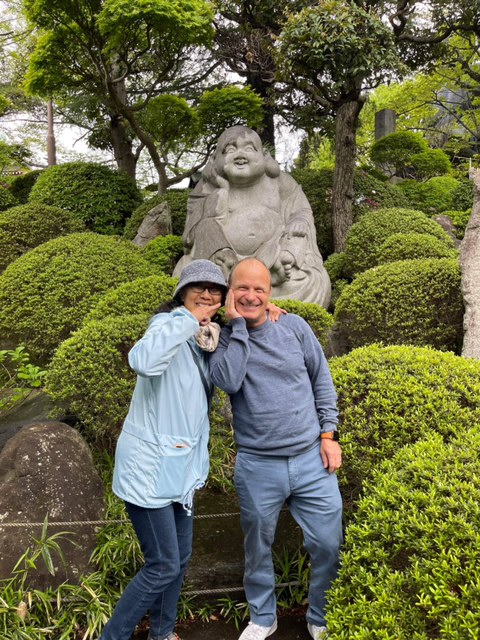
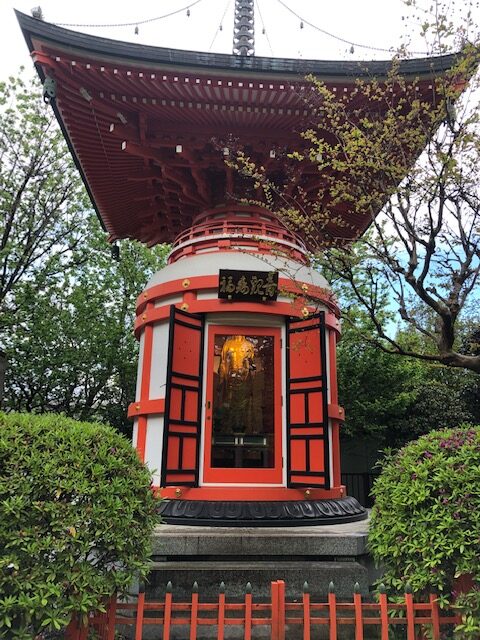
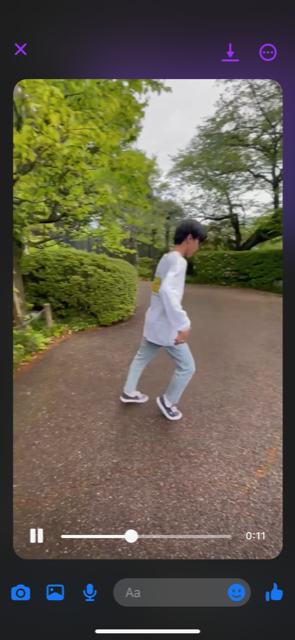
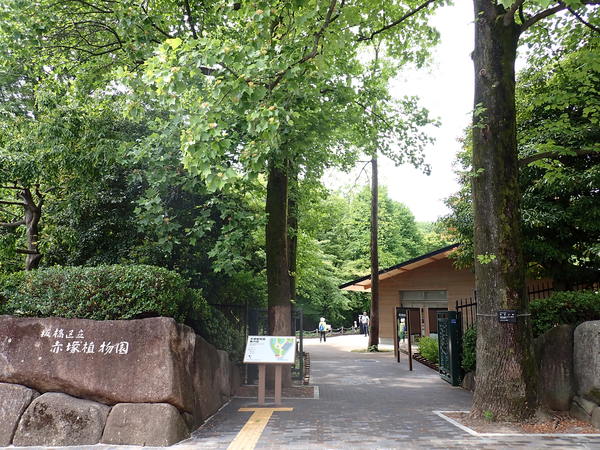
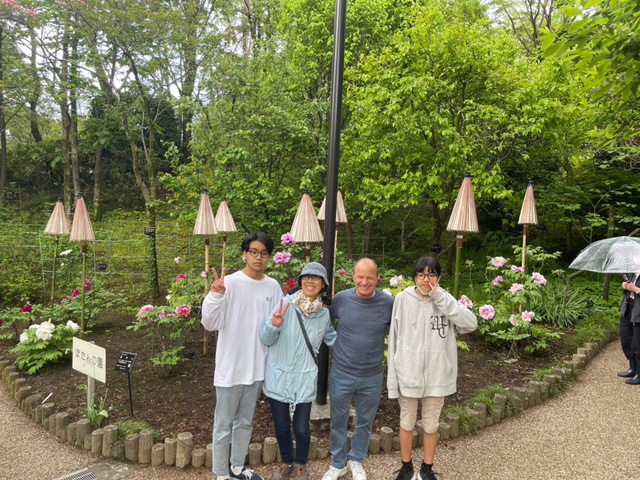
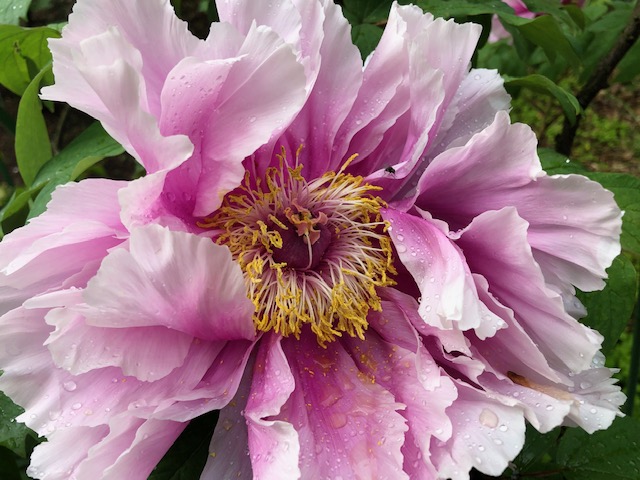
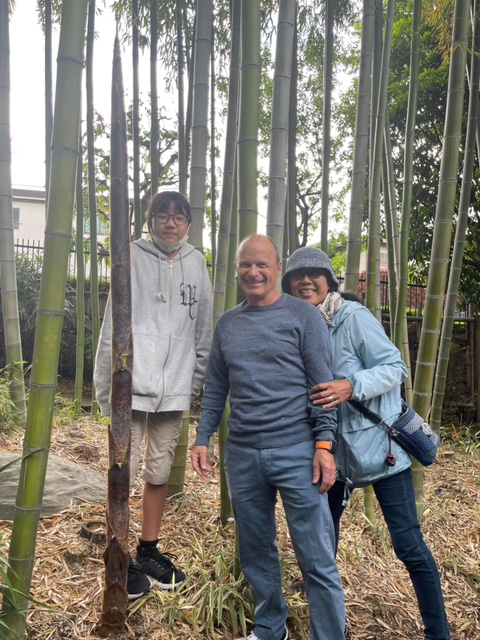
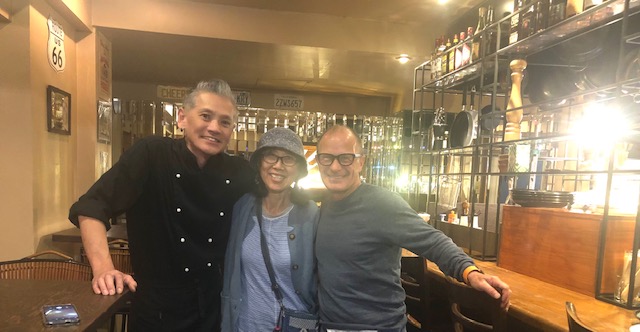
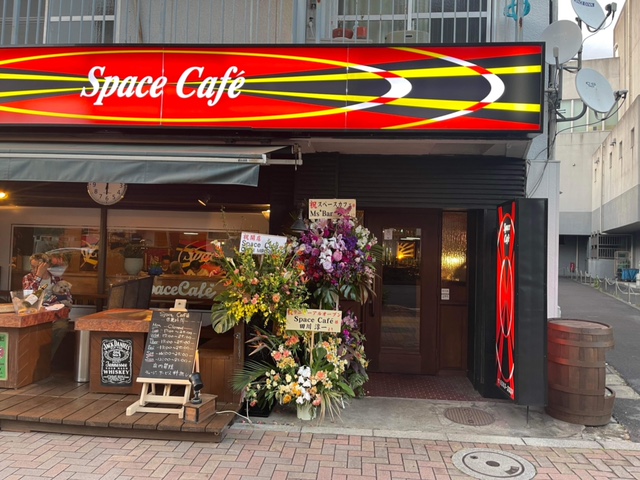
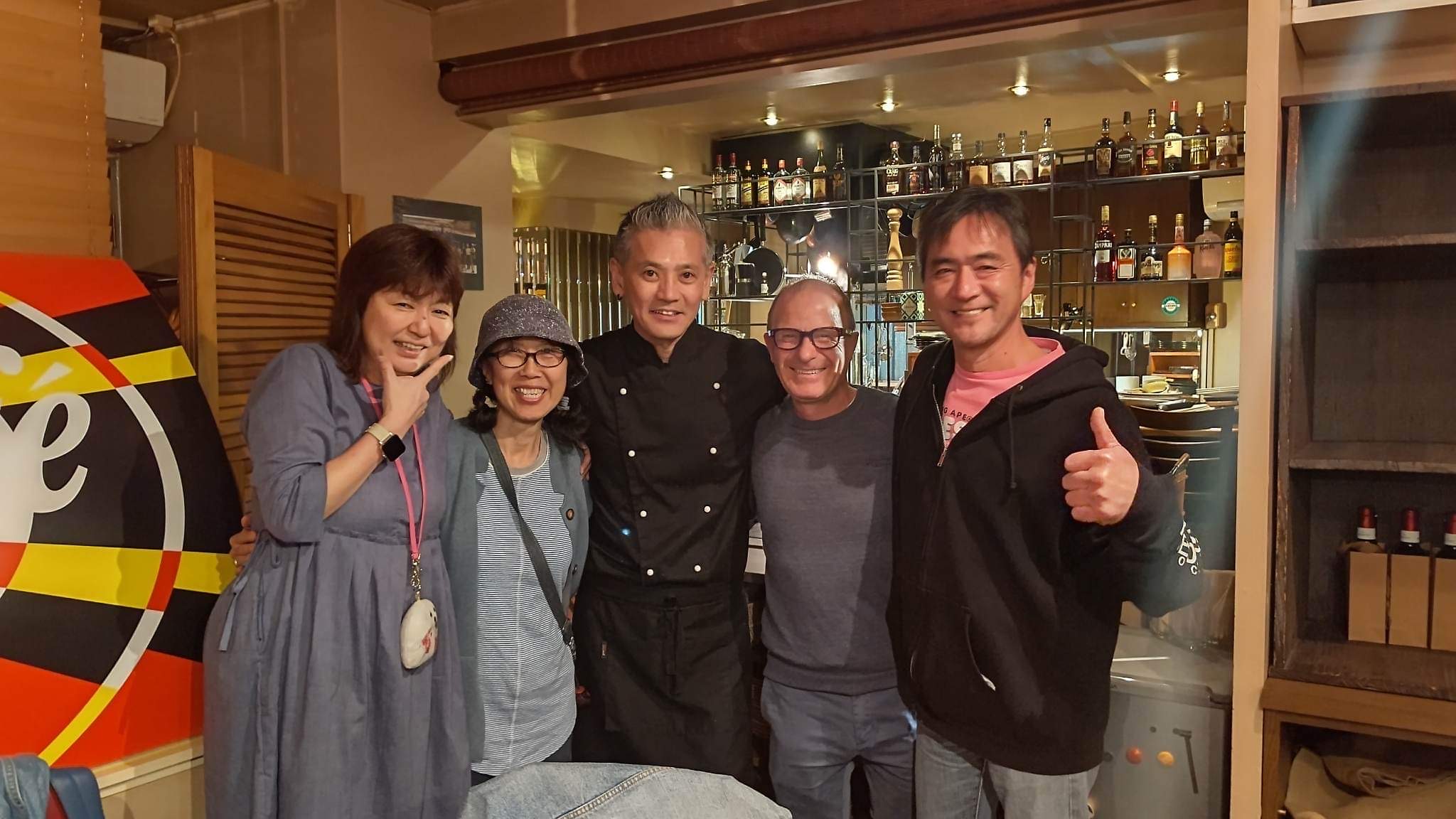
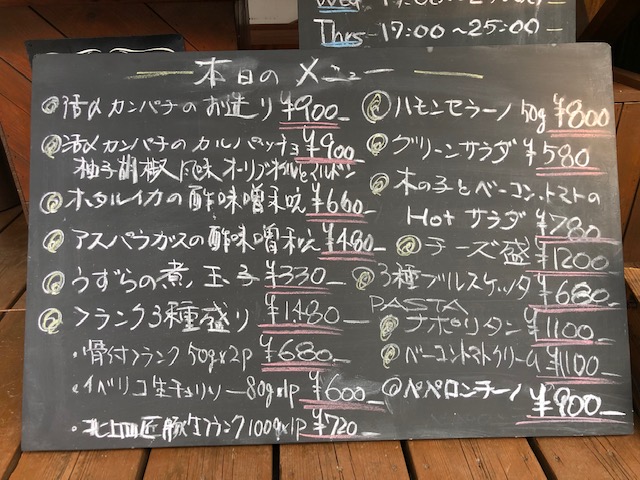
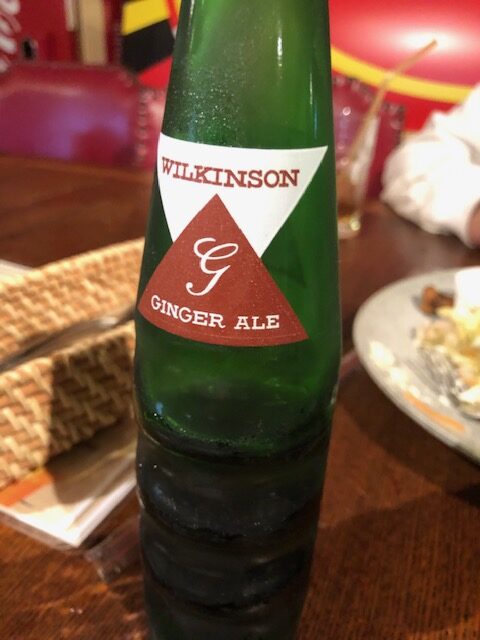
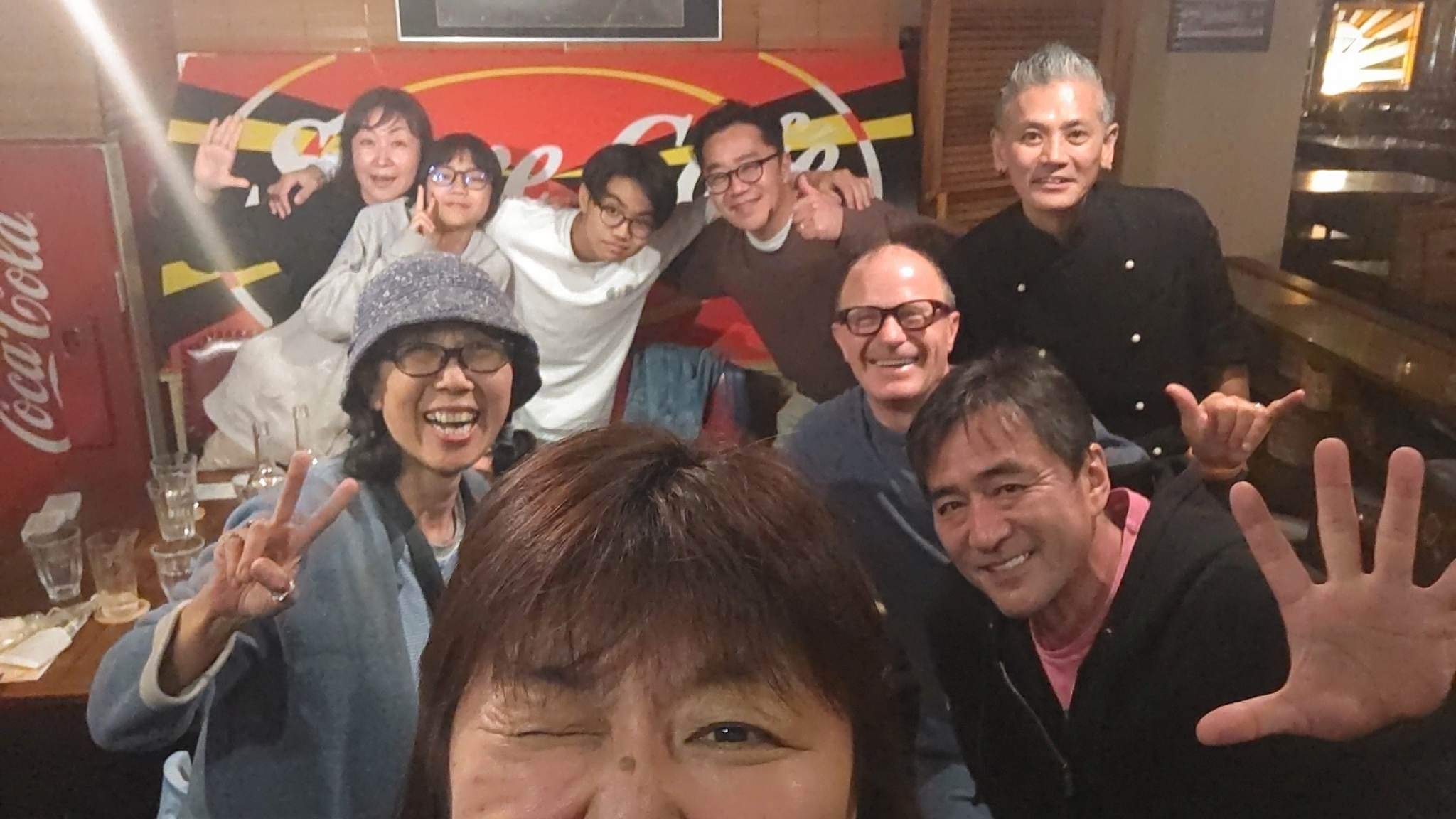
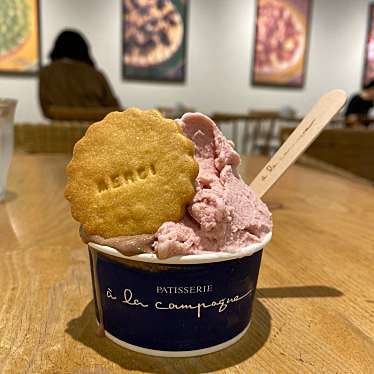
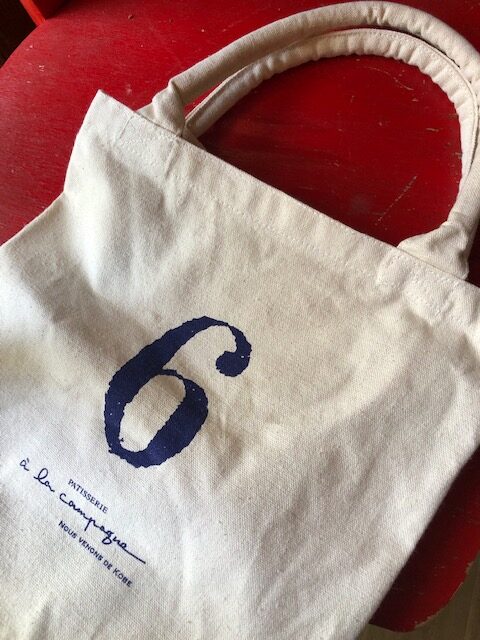
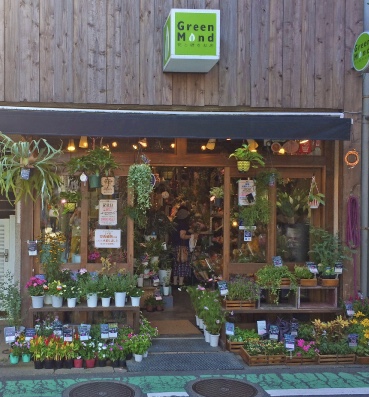
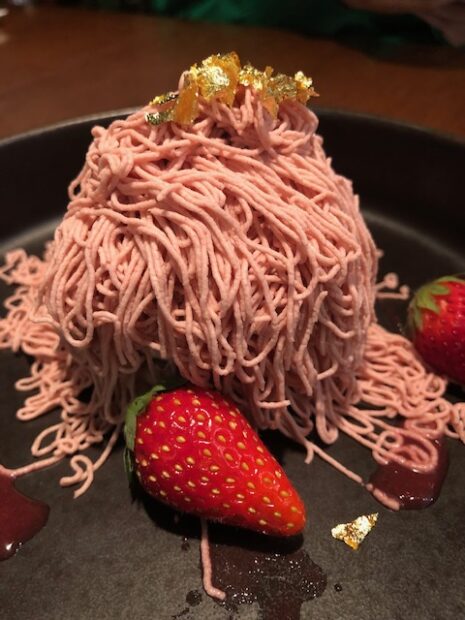
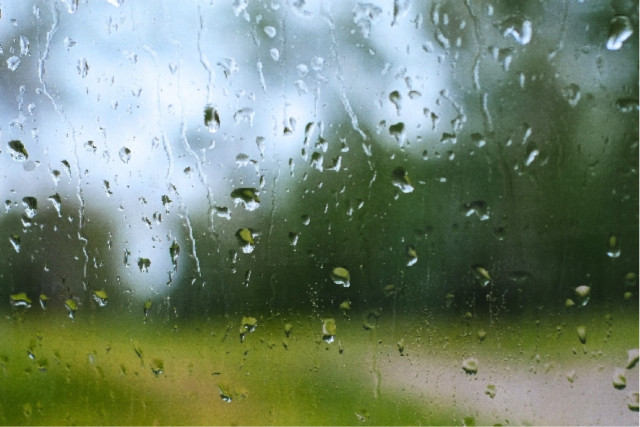
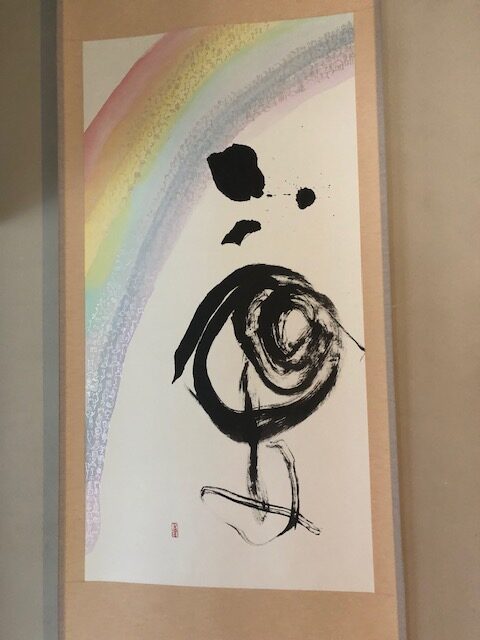
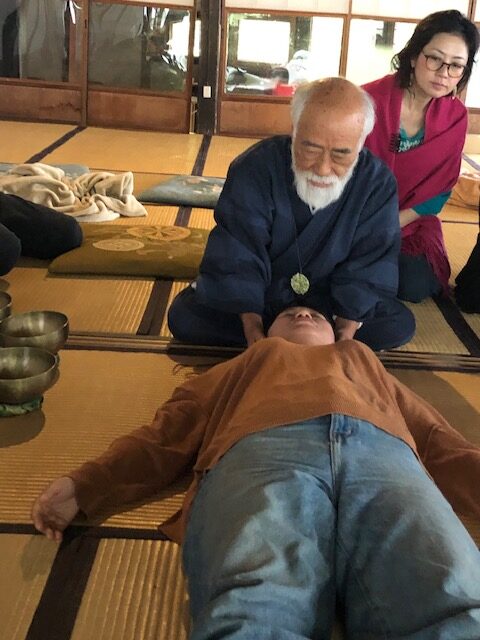
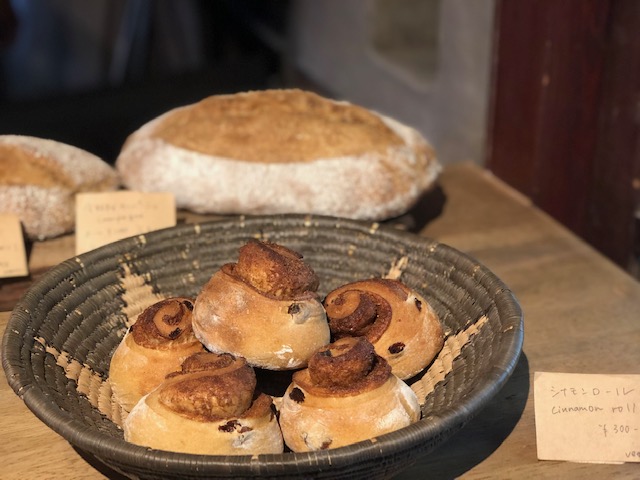
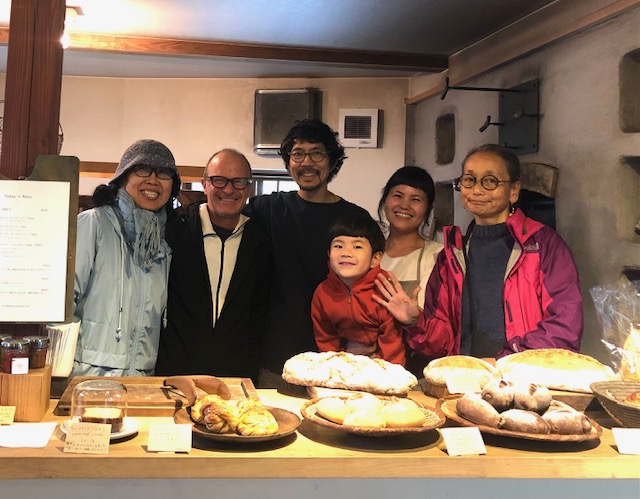
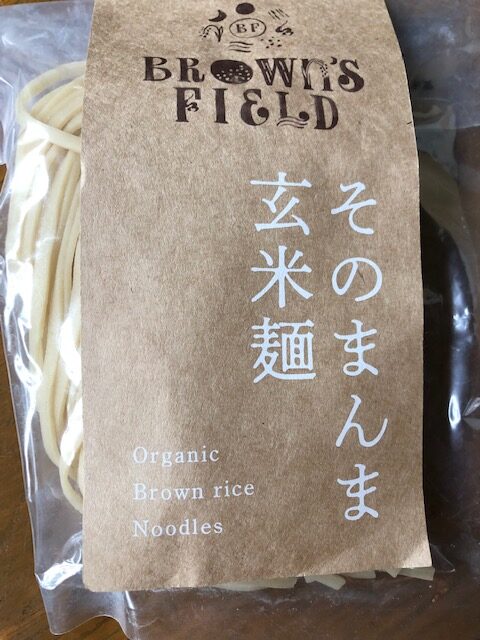
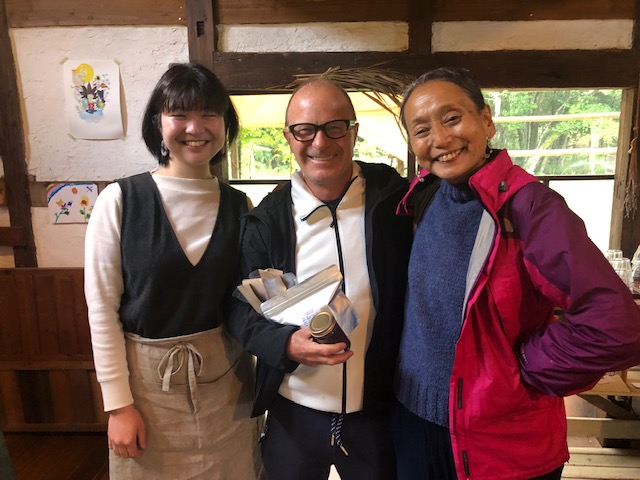
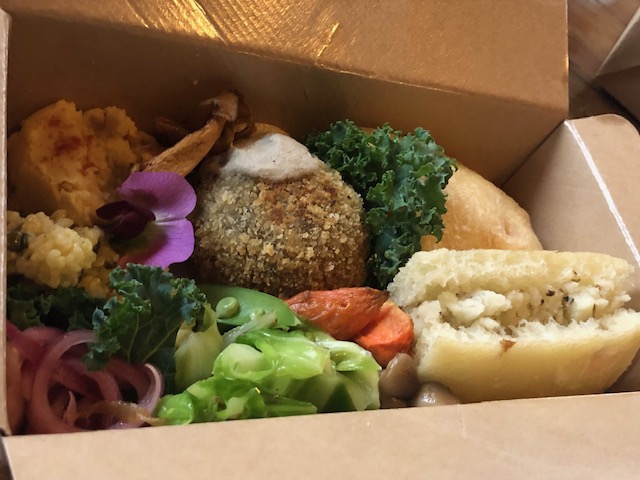
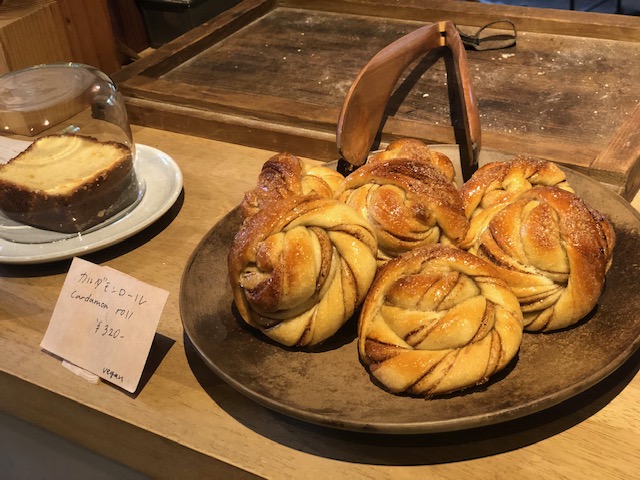
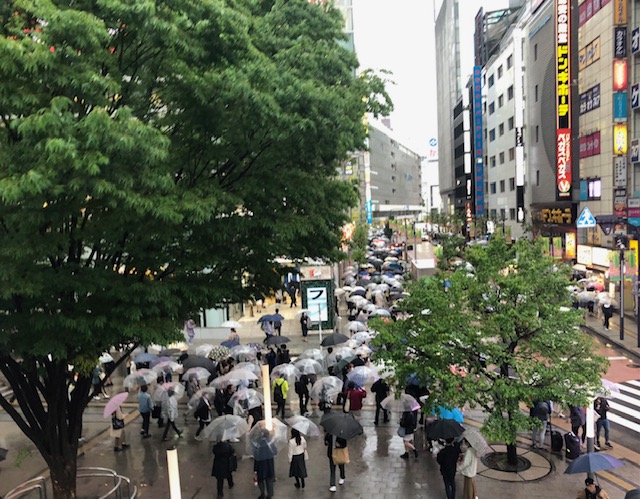
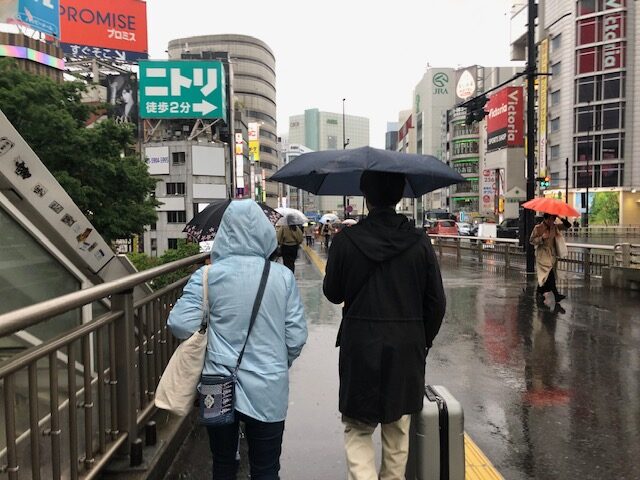

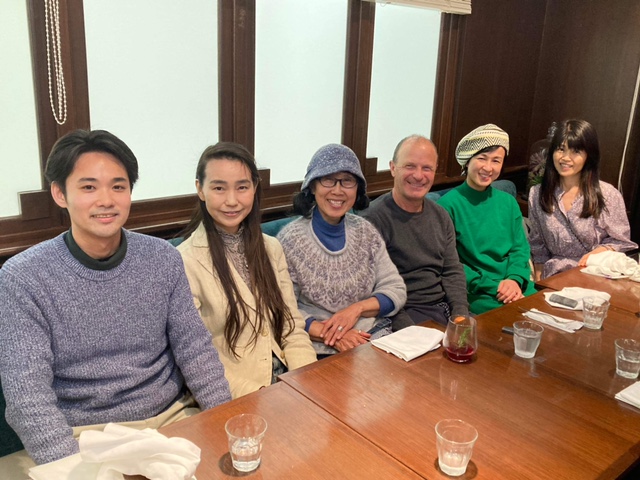
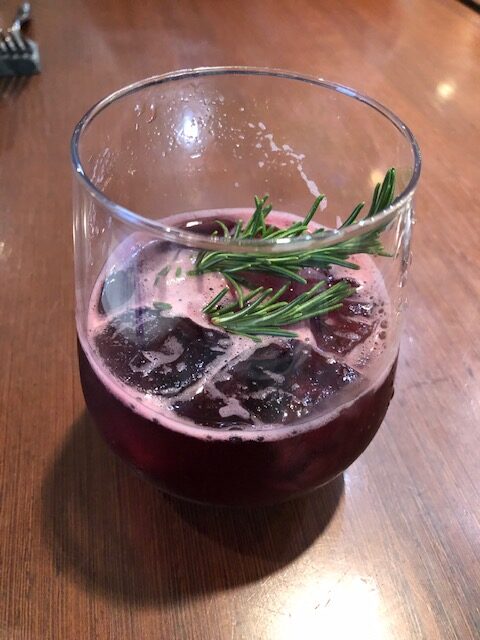
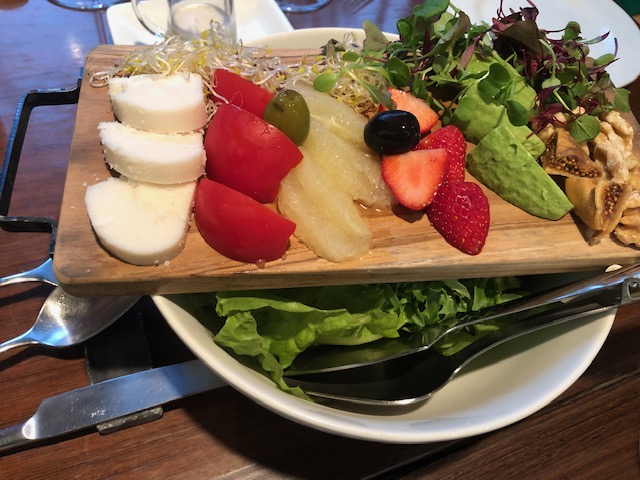
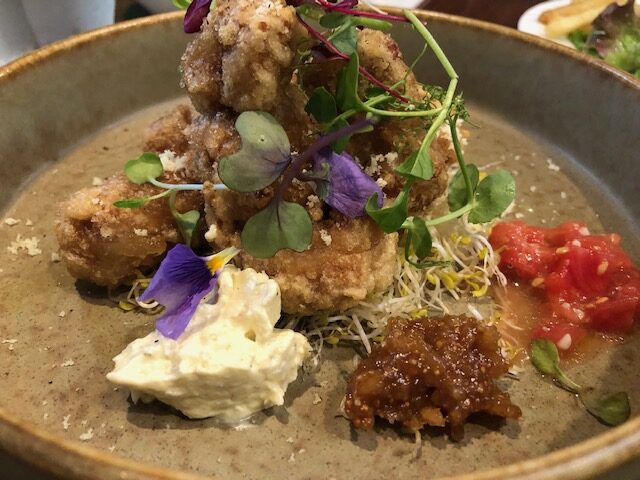
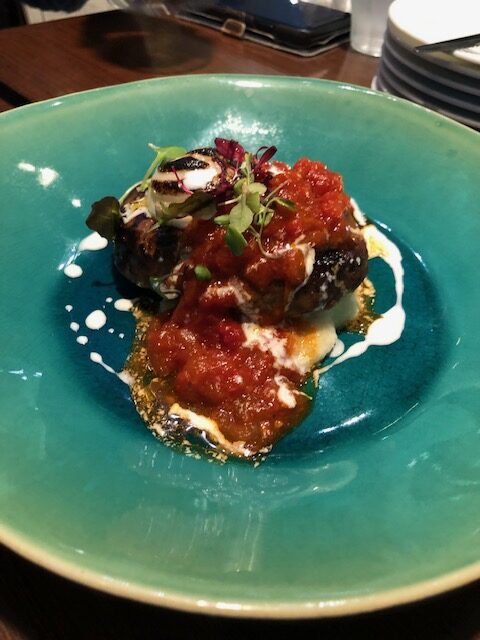
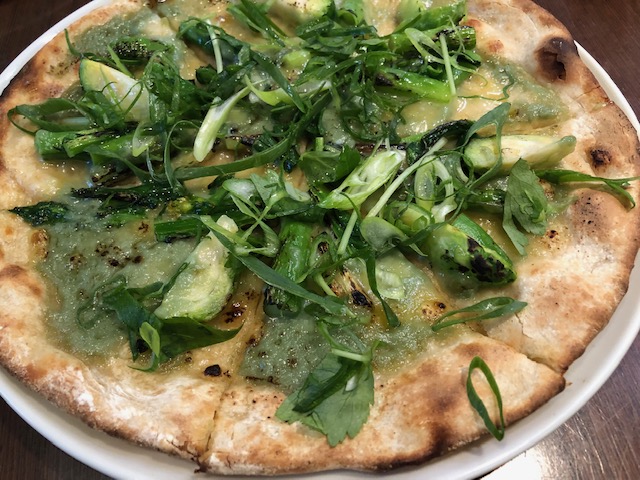
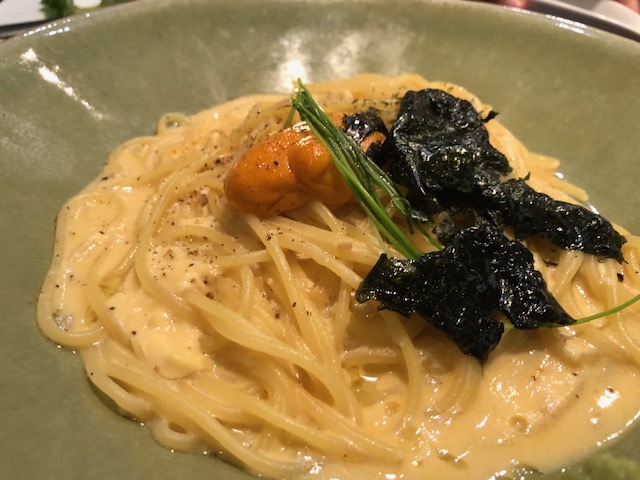
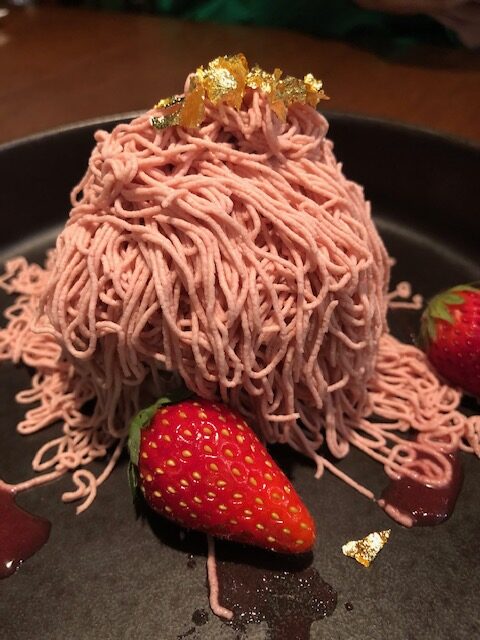
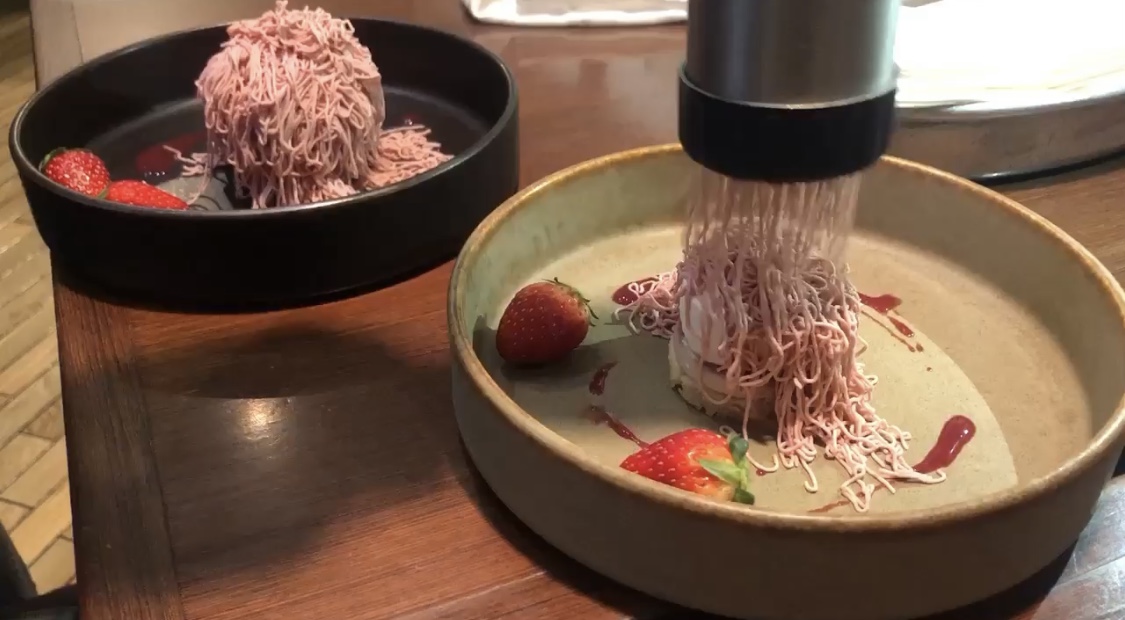
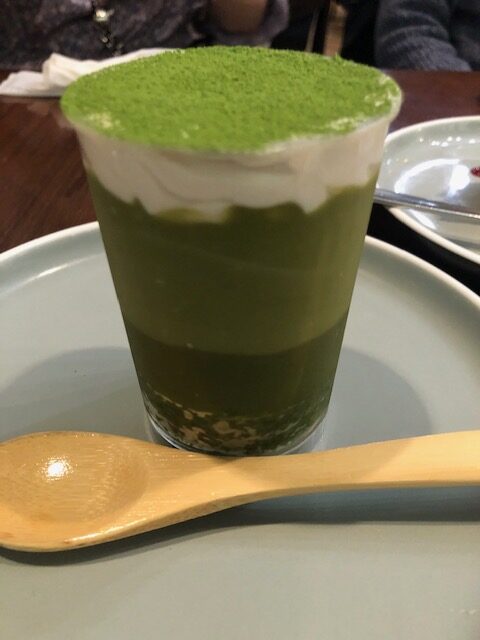
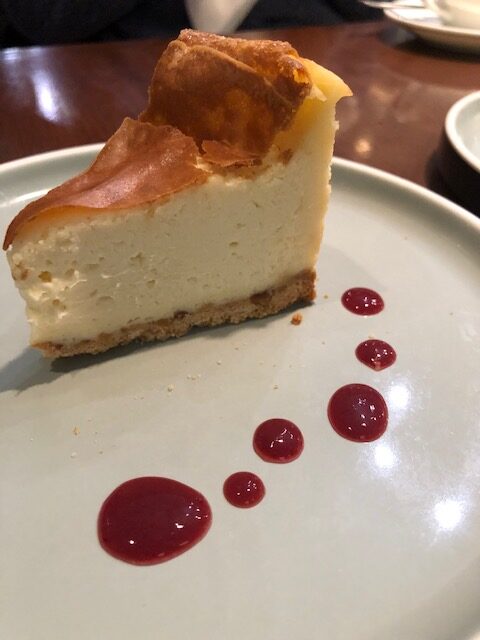
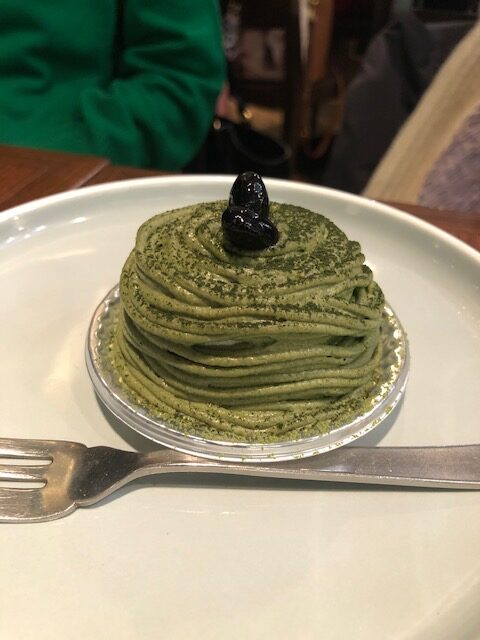
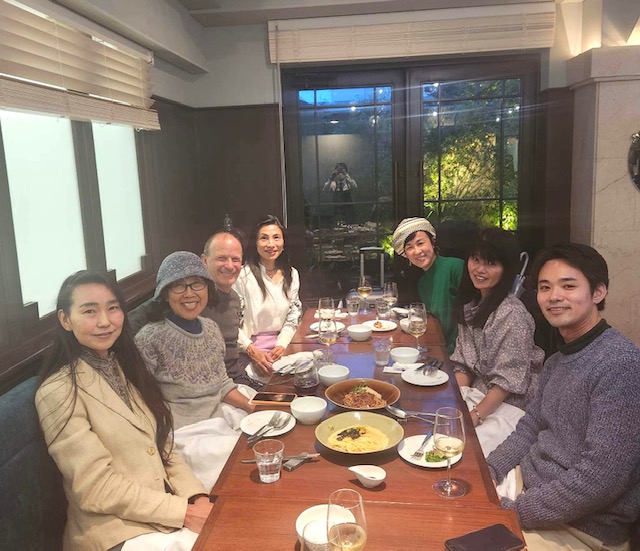
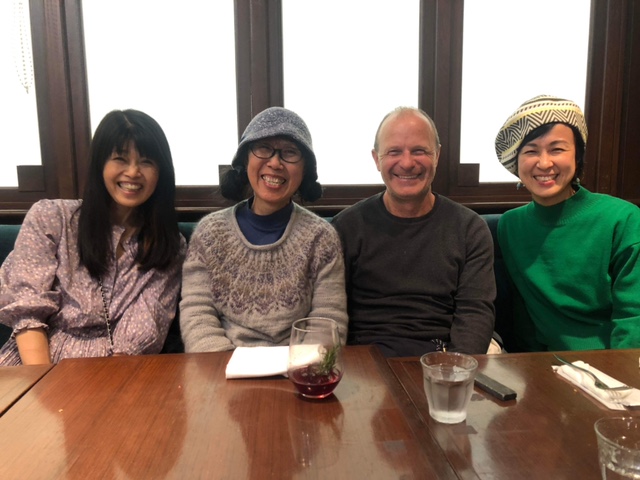
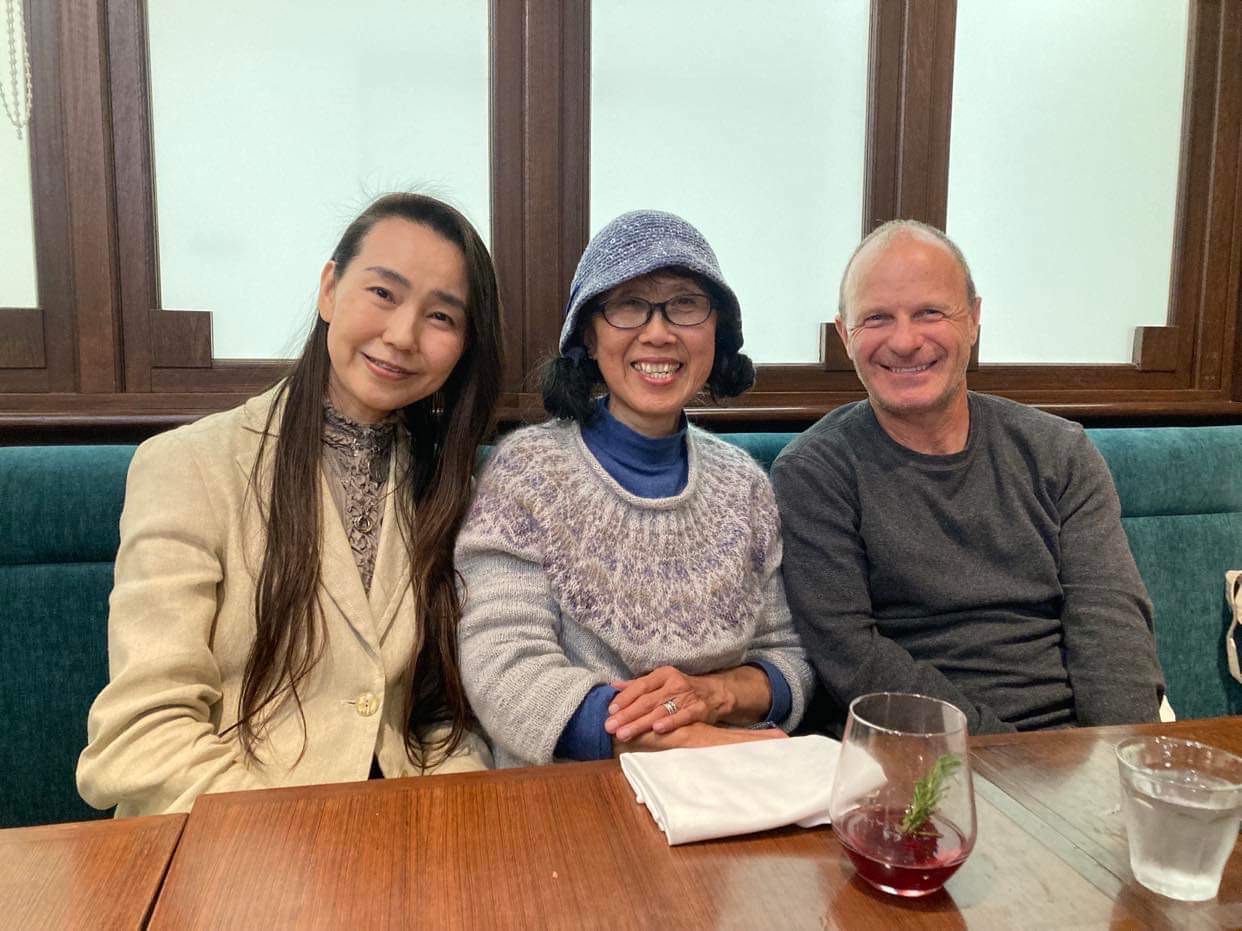
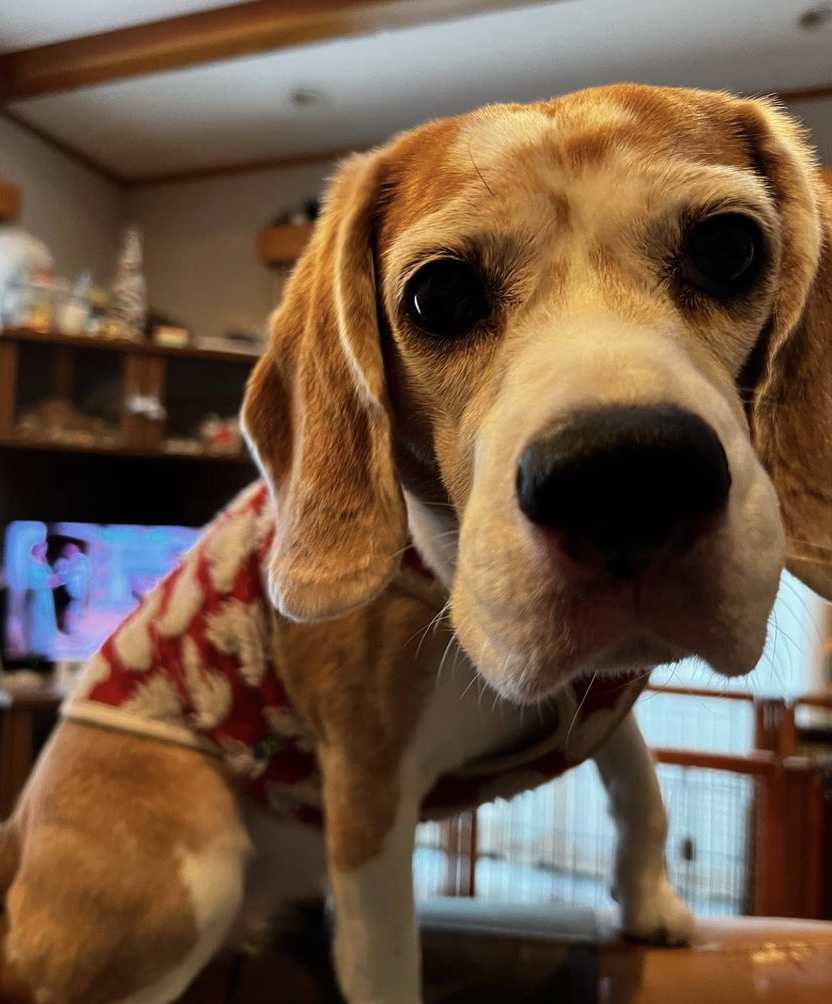
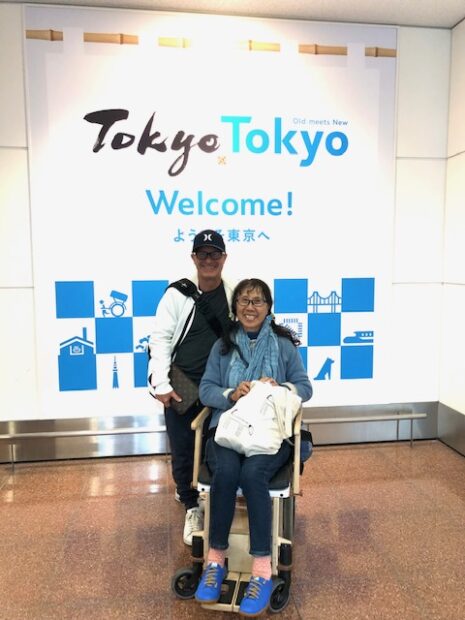
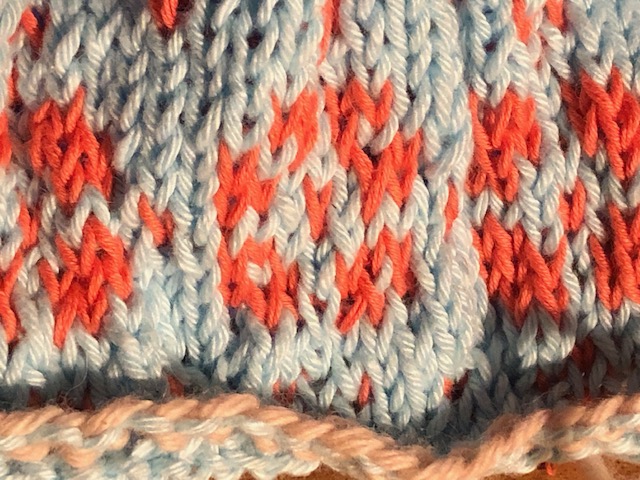
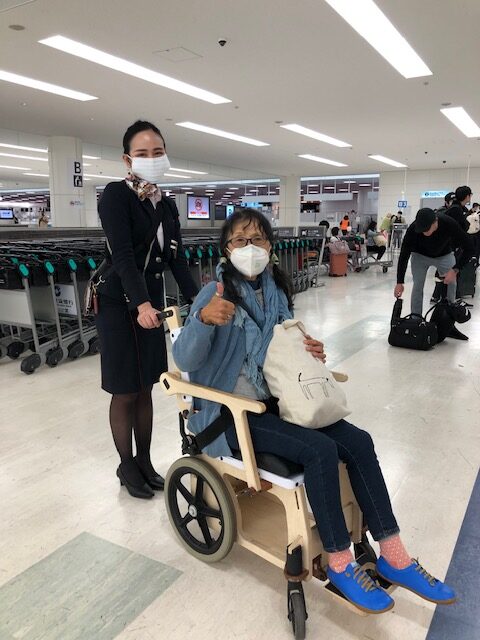

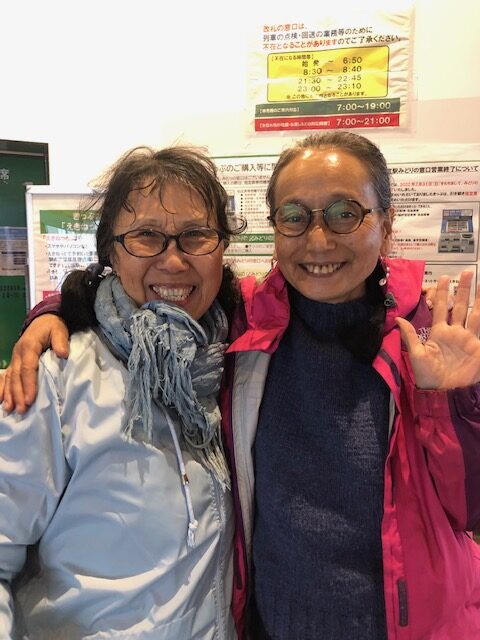
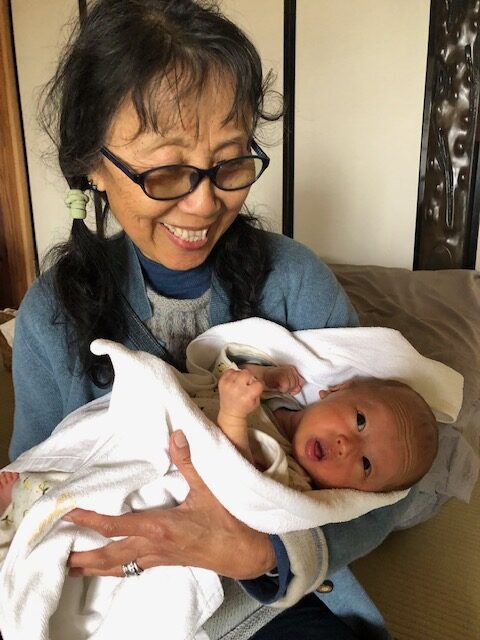
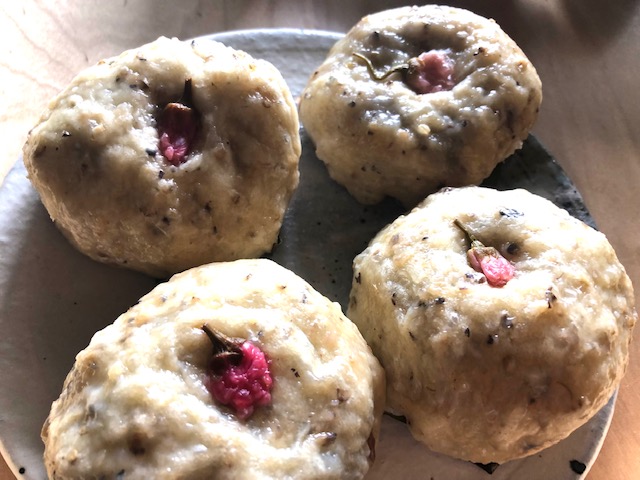
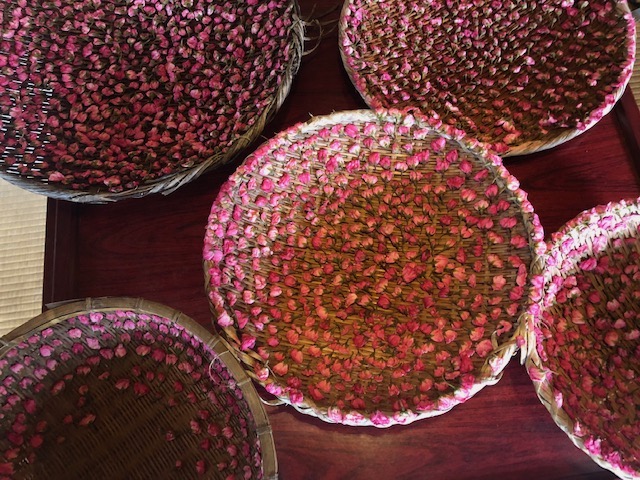
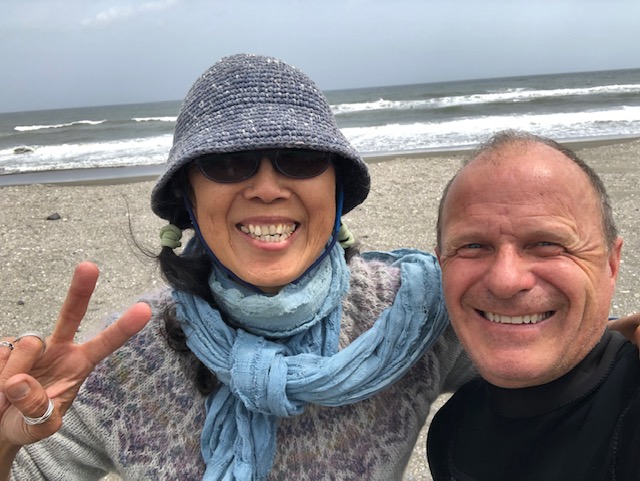
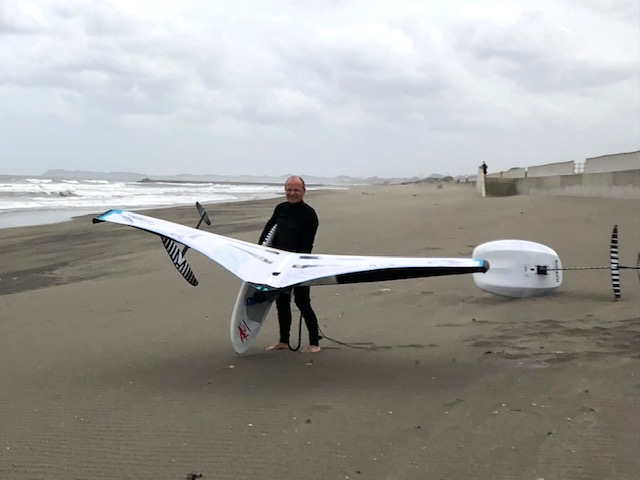
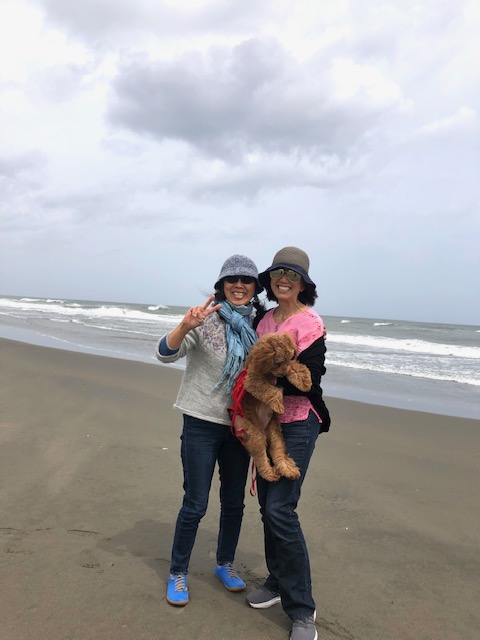
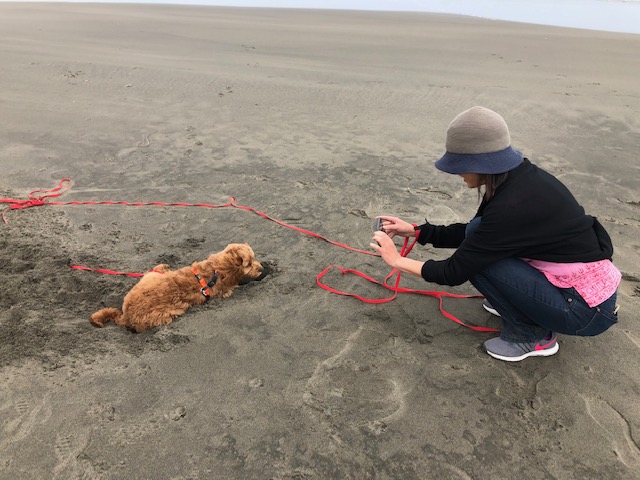

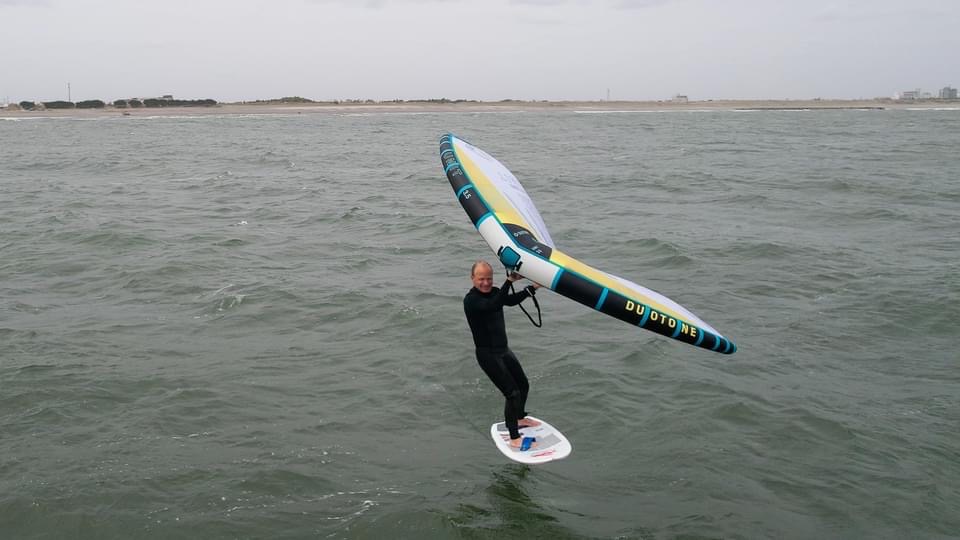
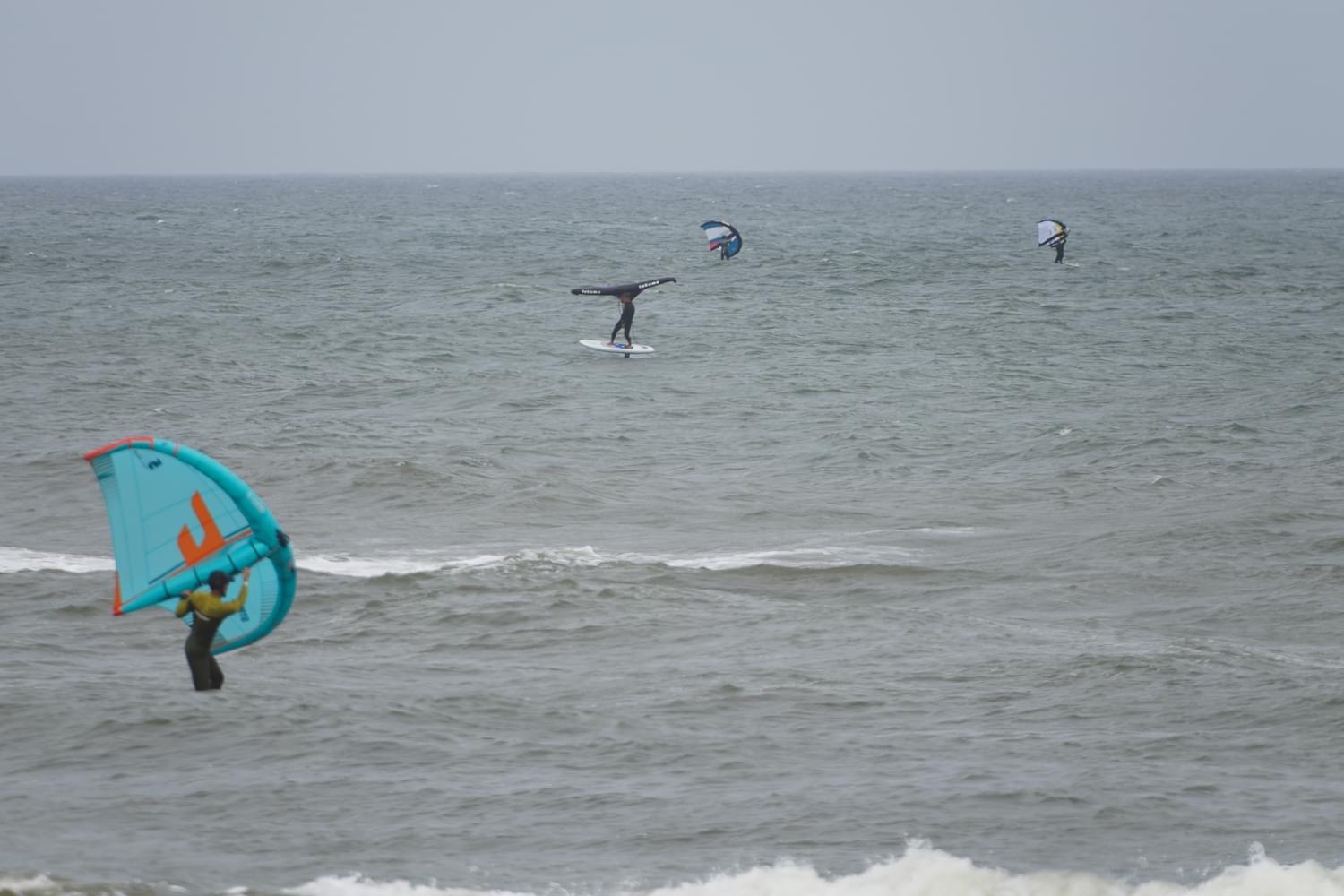
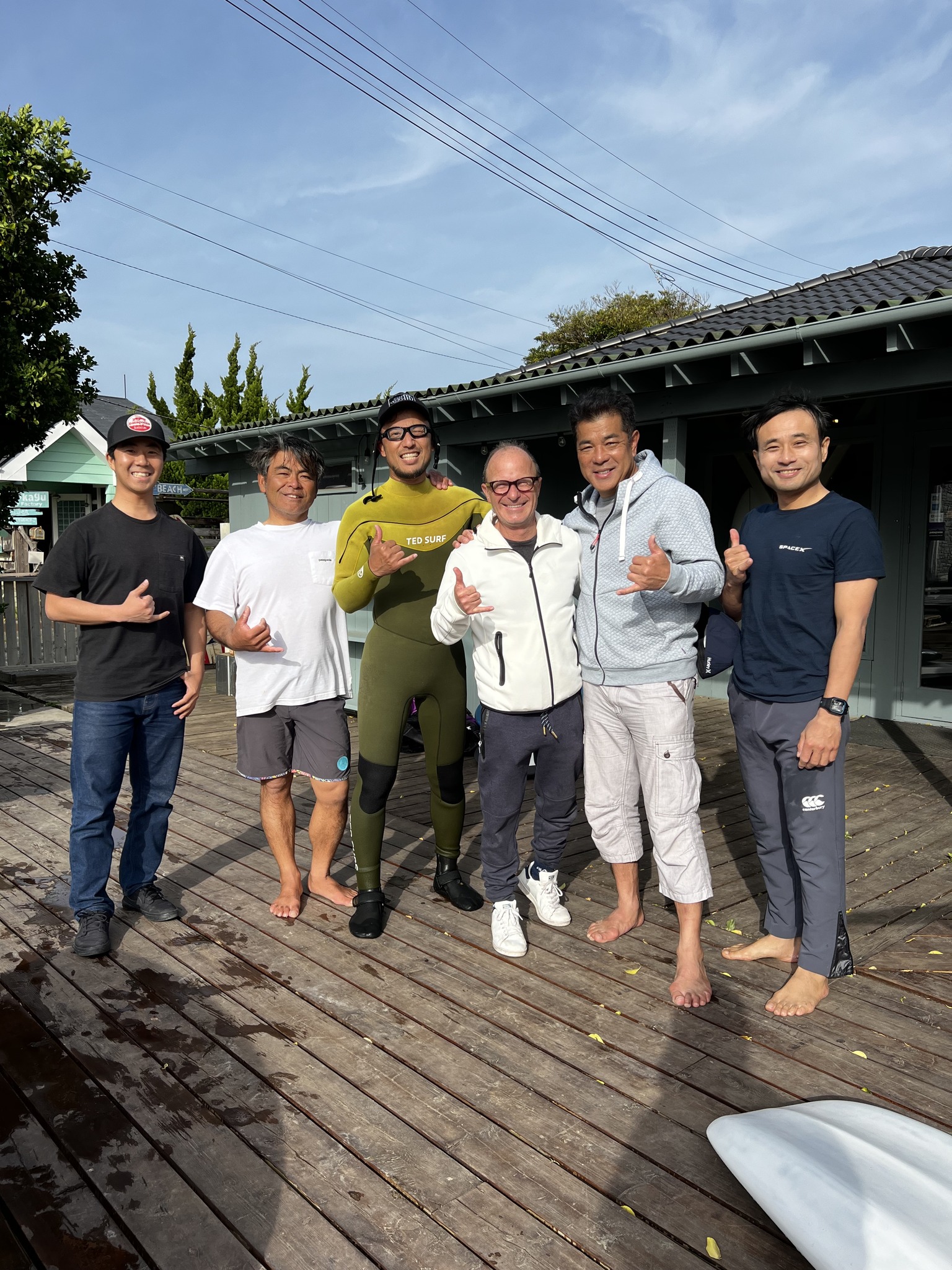
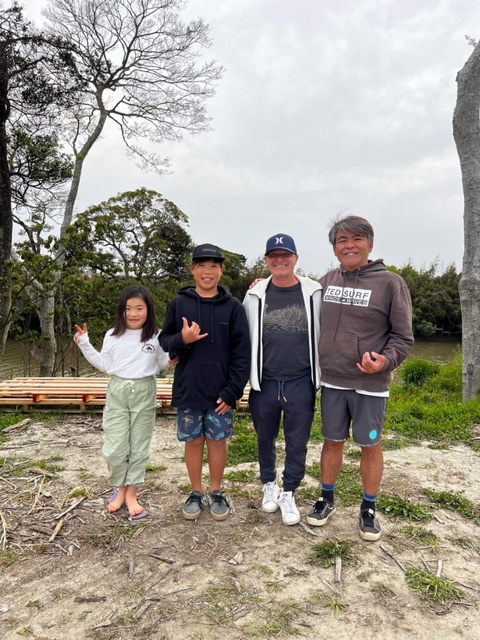 Eric also thanked me for giving him the brown rice ball I made in Santa Monica before I left the beach. He was, of course, still very hungry. I was glad that I did not eat my lunch everything so I could give him.
Eric also thanked me for giving him the brown rice ball I made in Santa Monica before I left the beach. He was, of course, still very hungry. I was glad that I did not eat my lunch everything so I could give him.